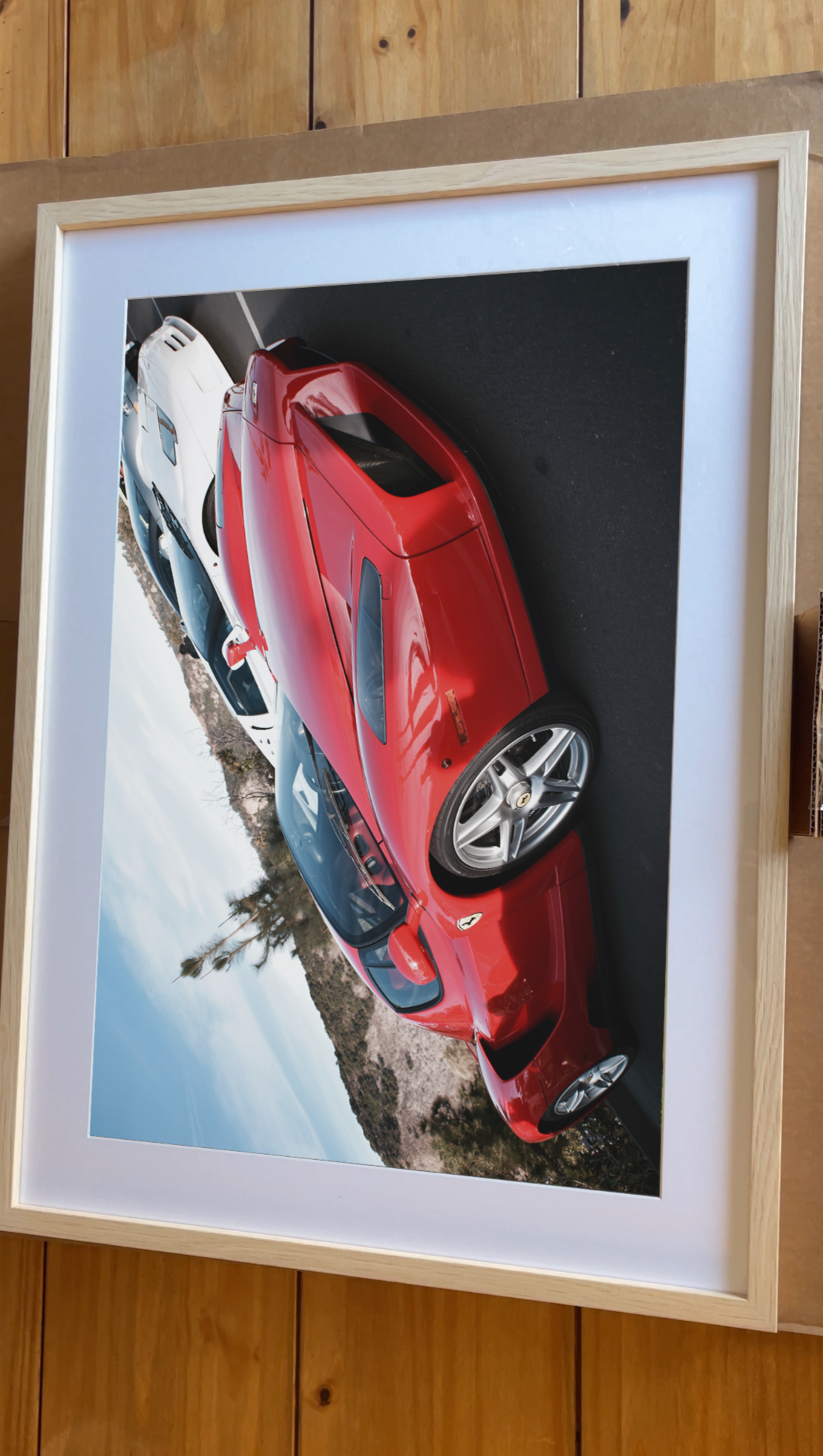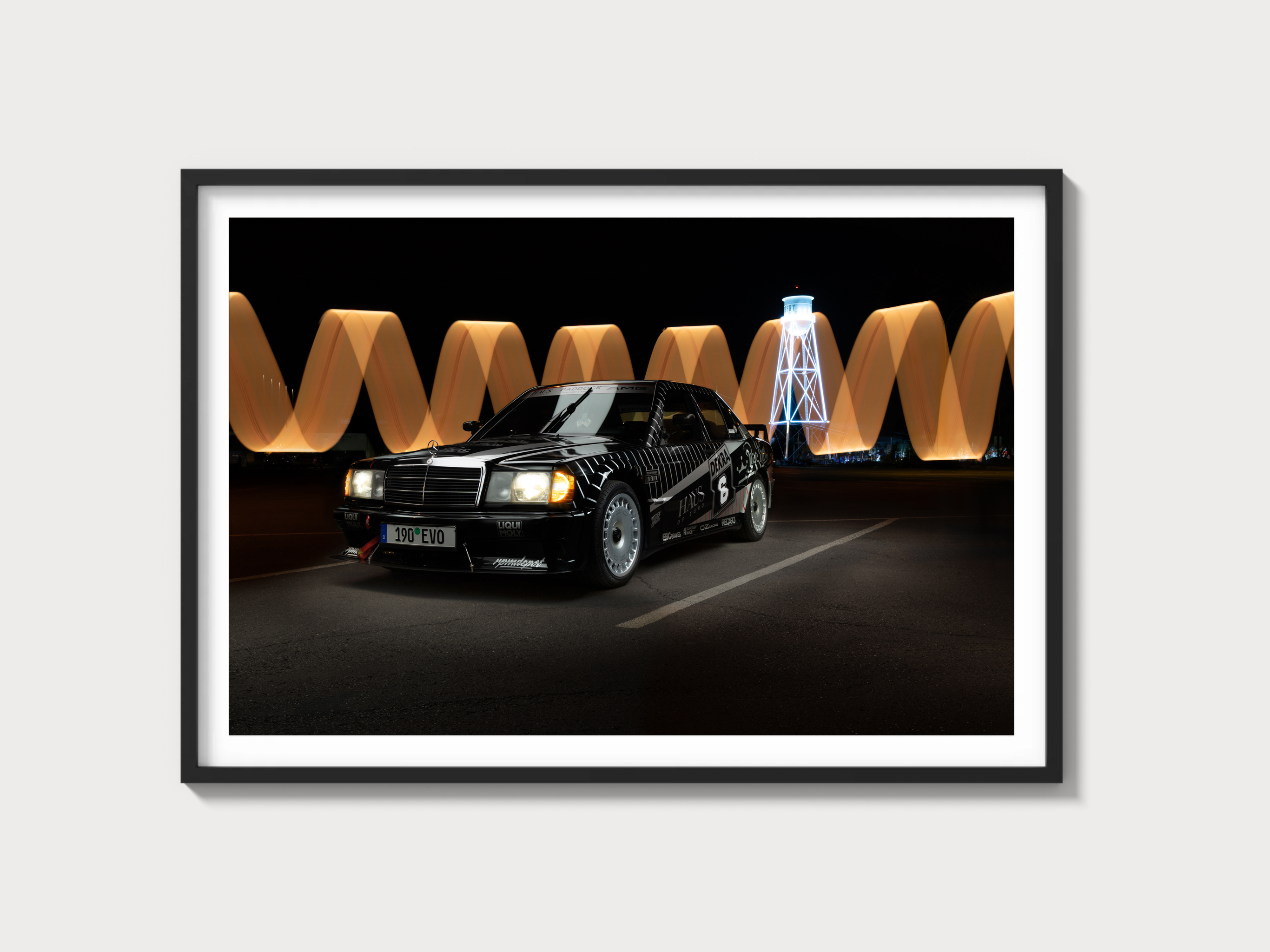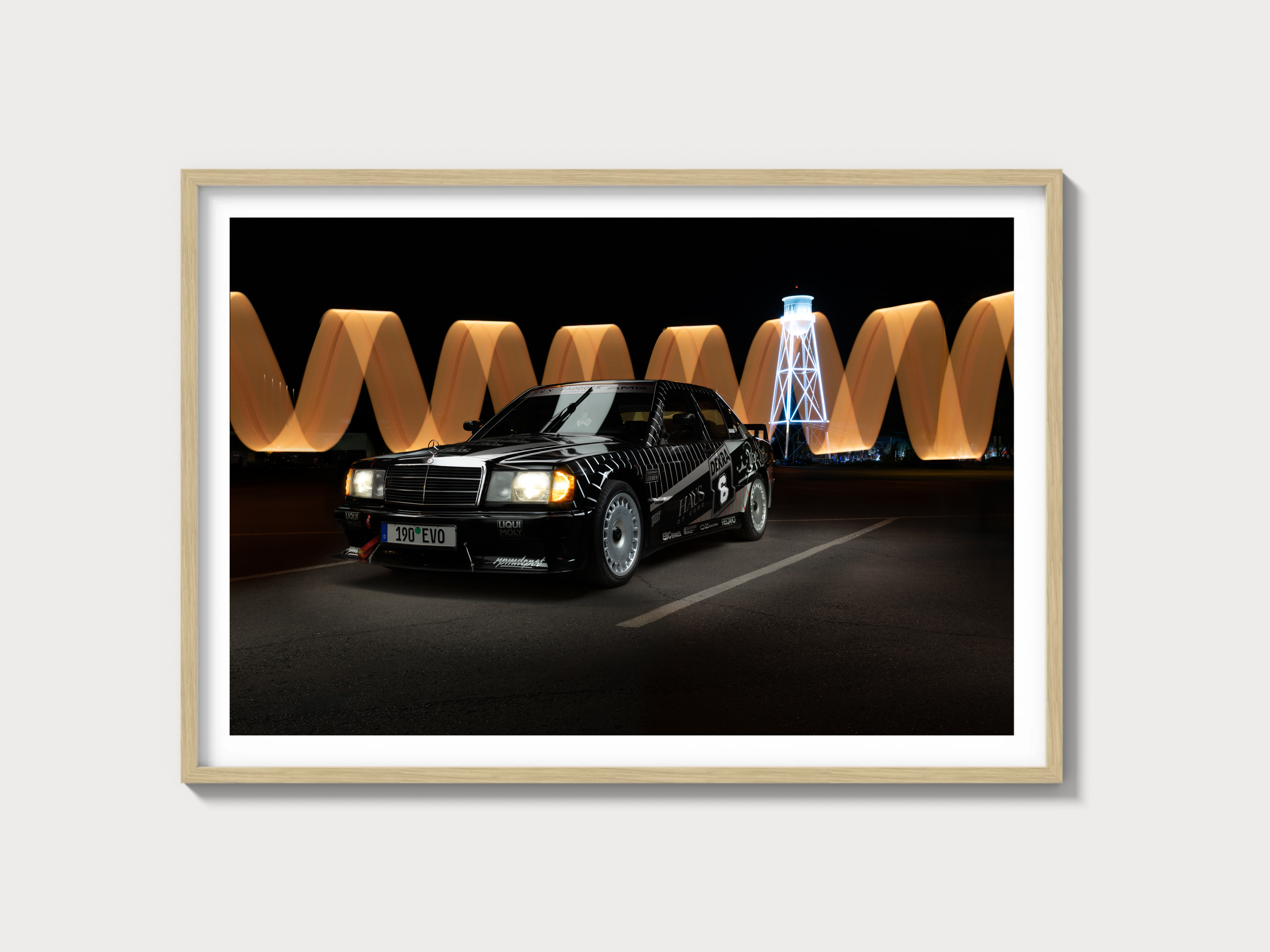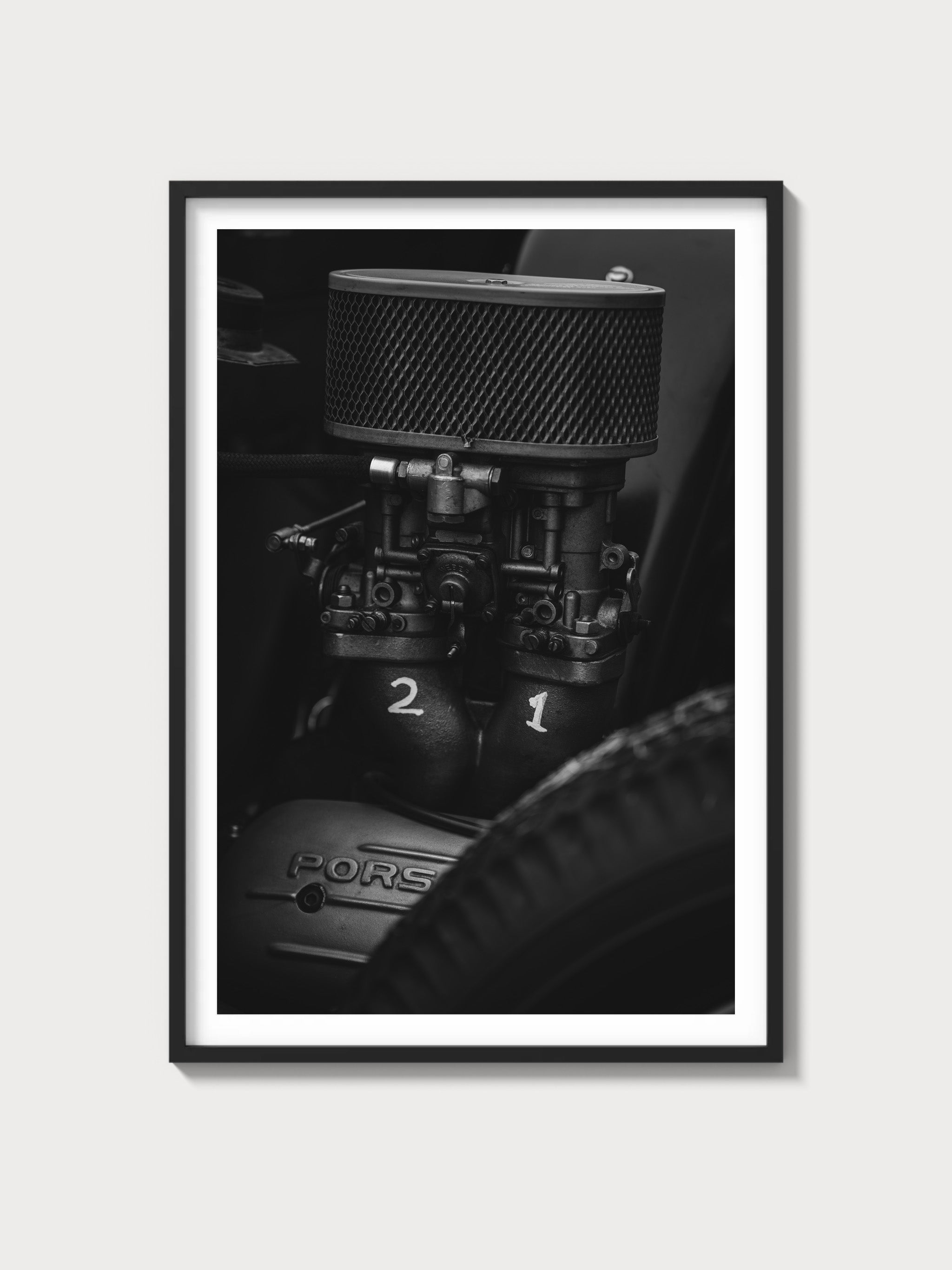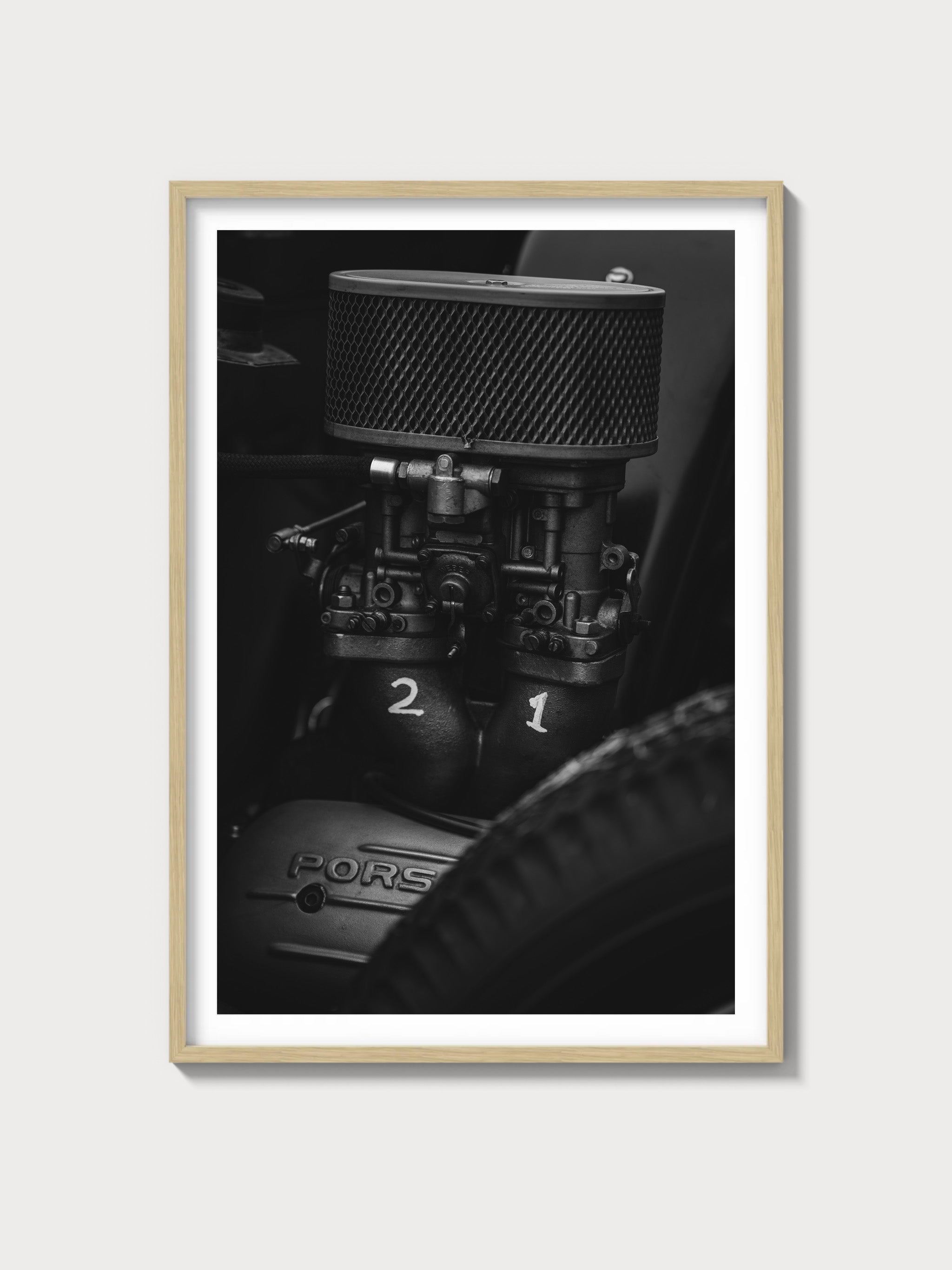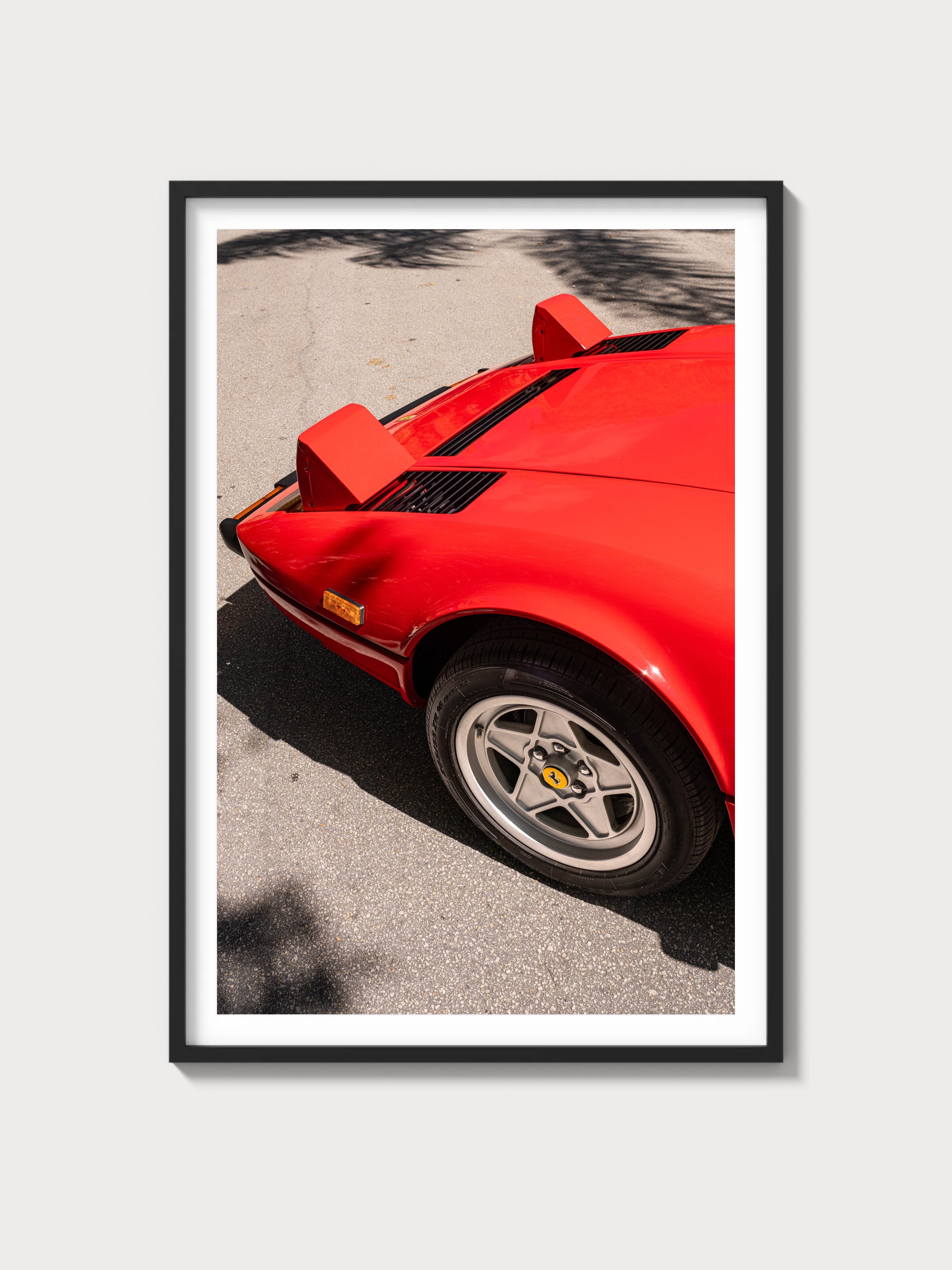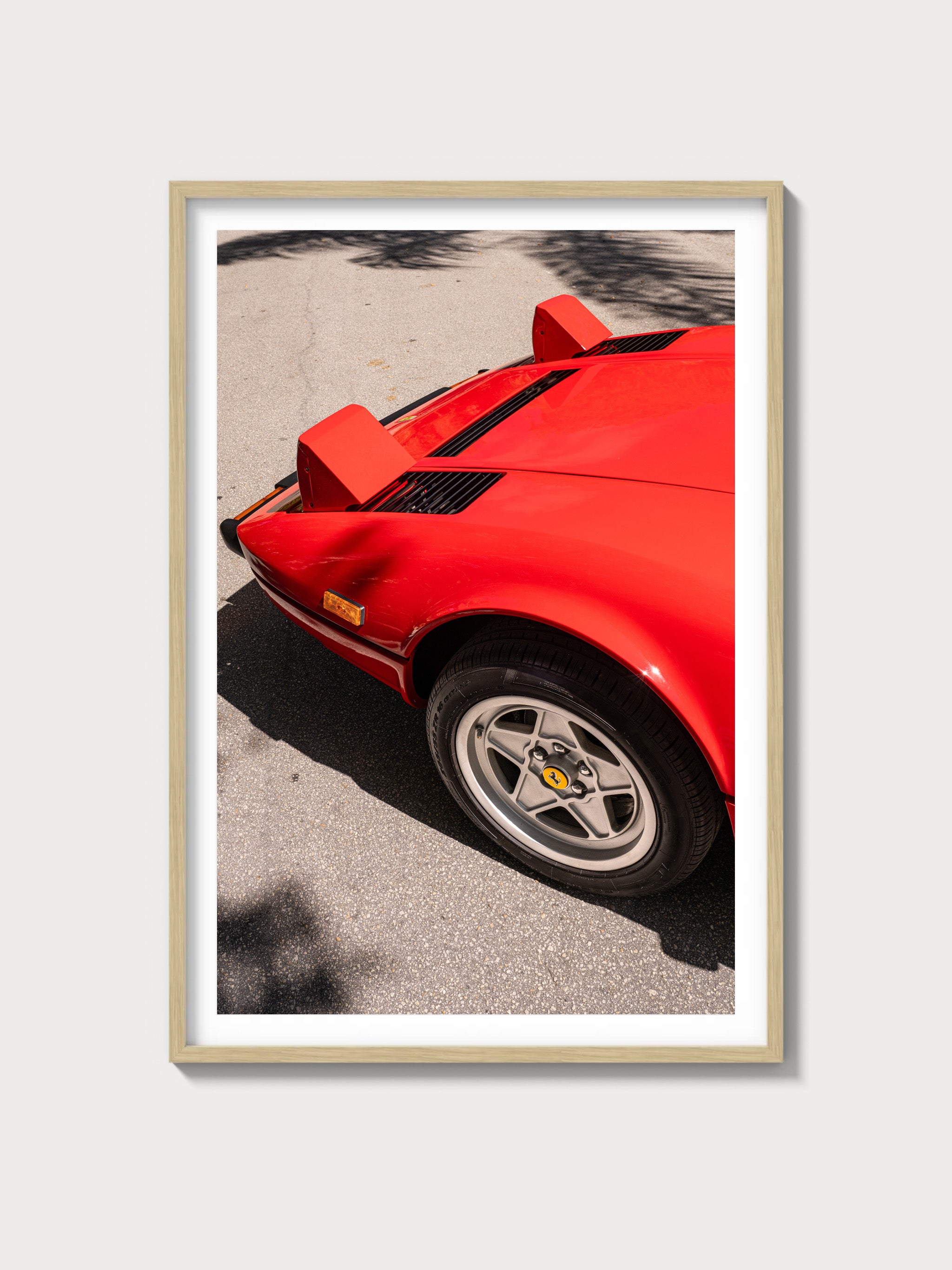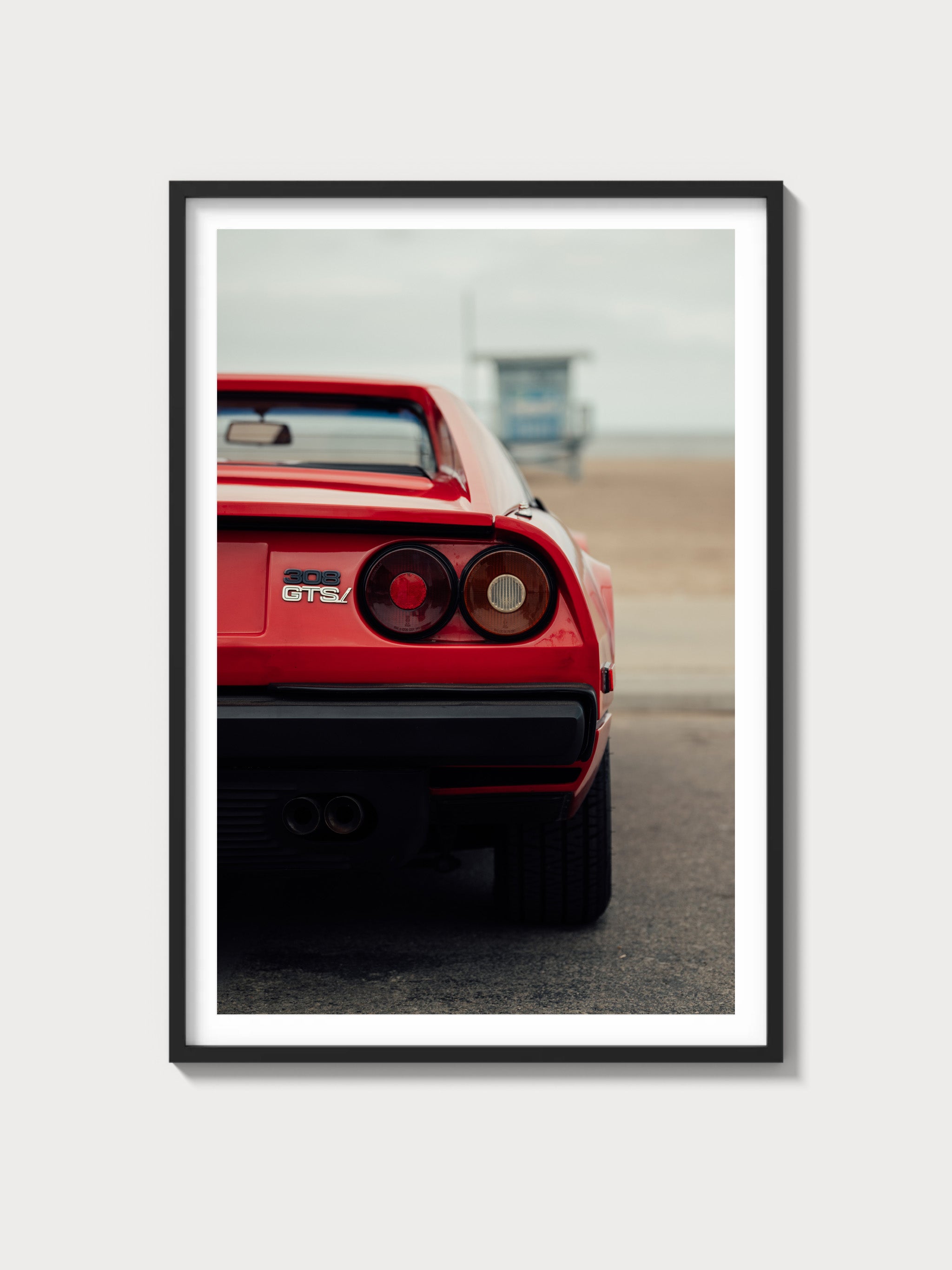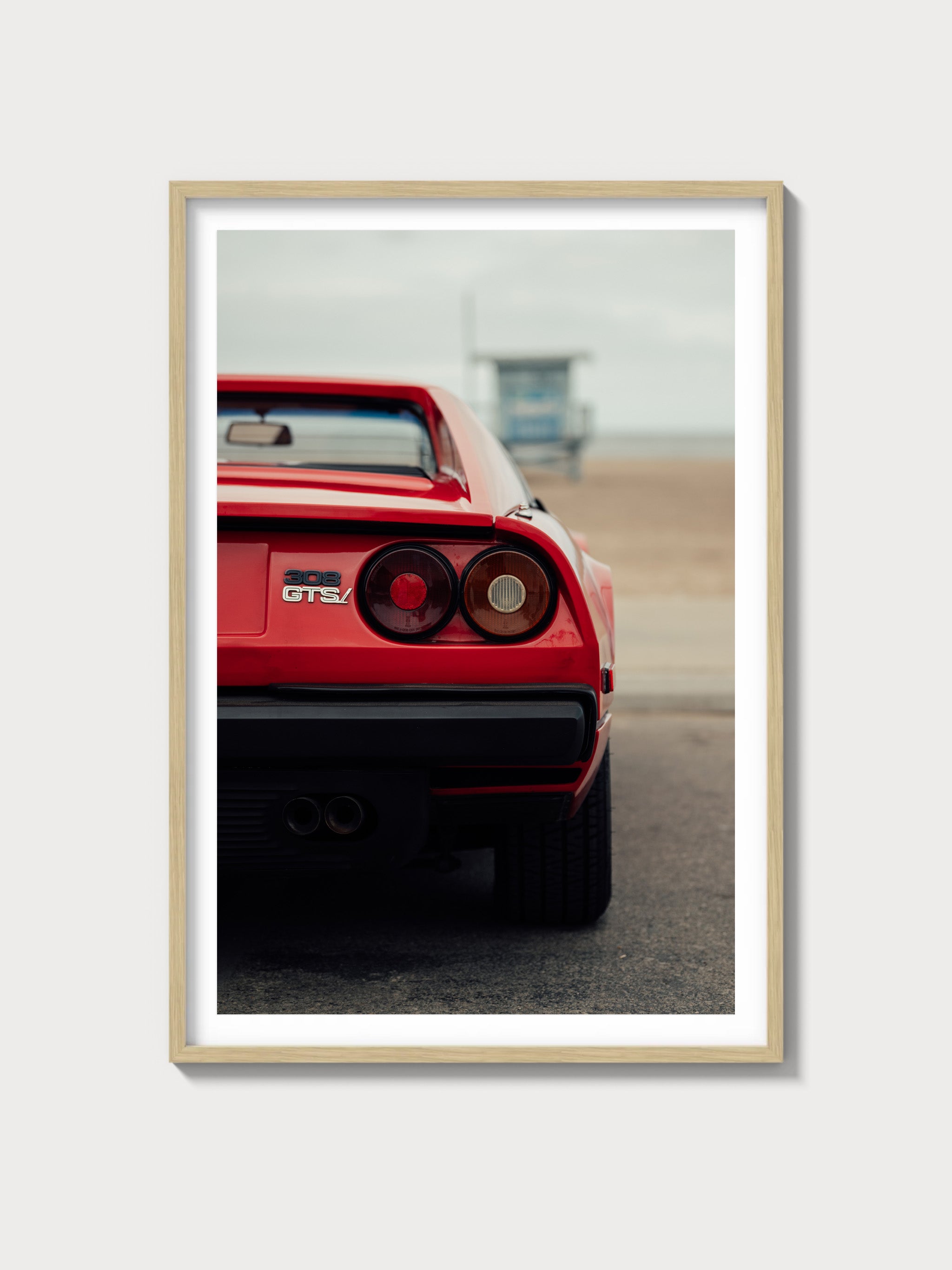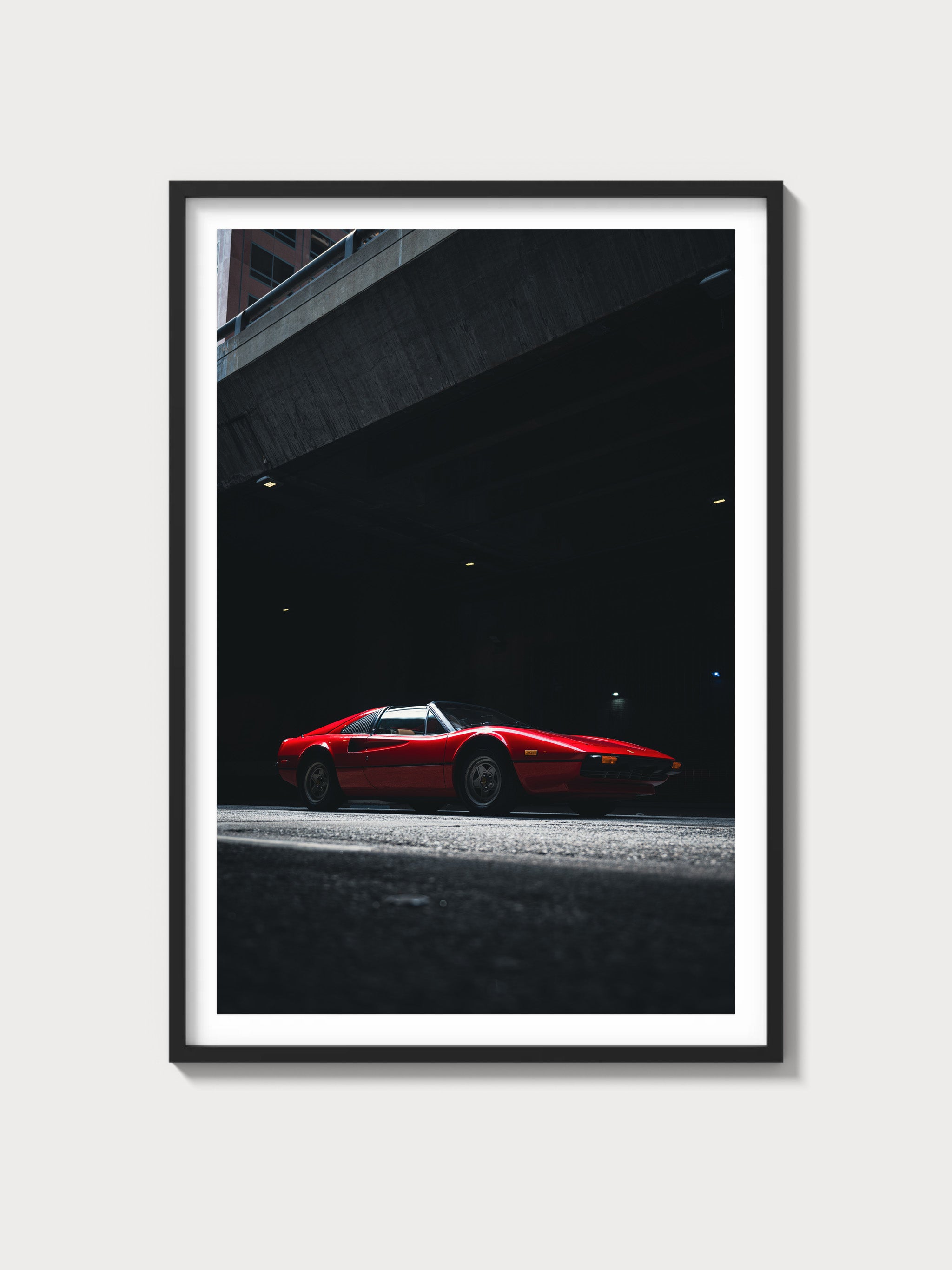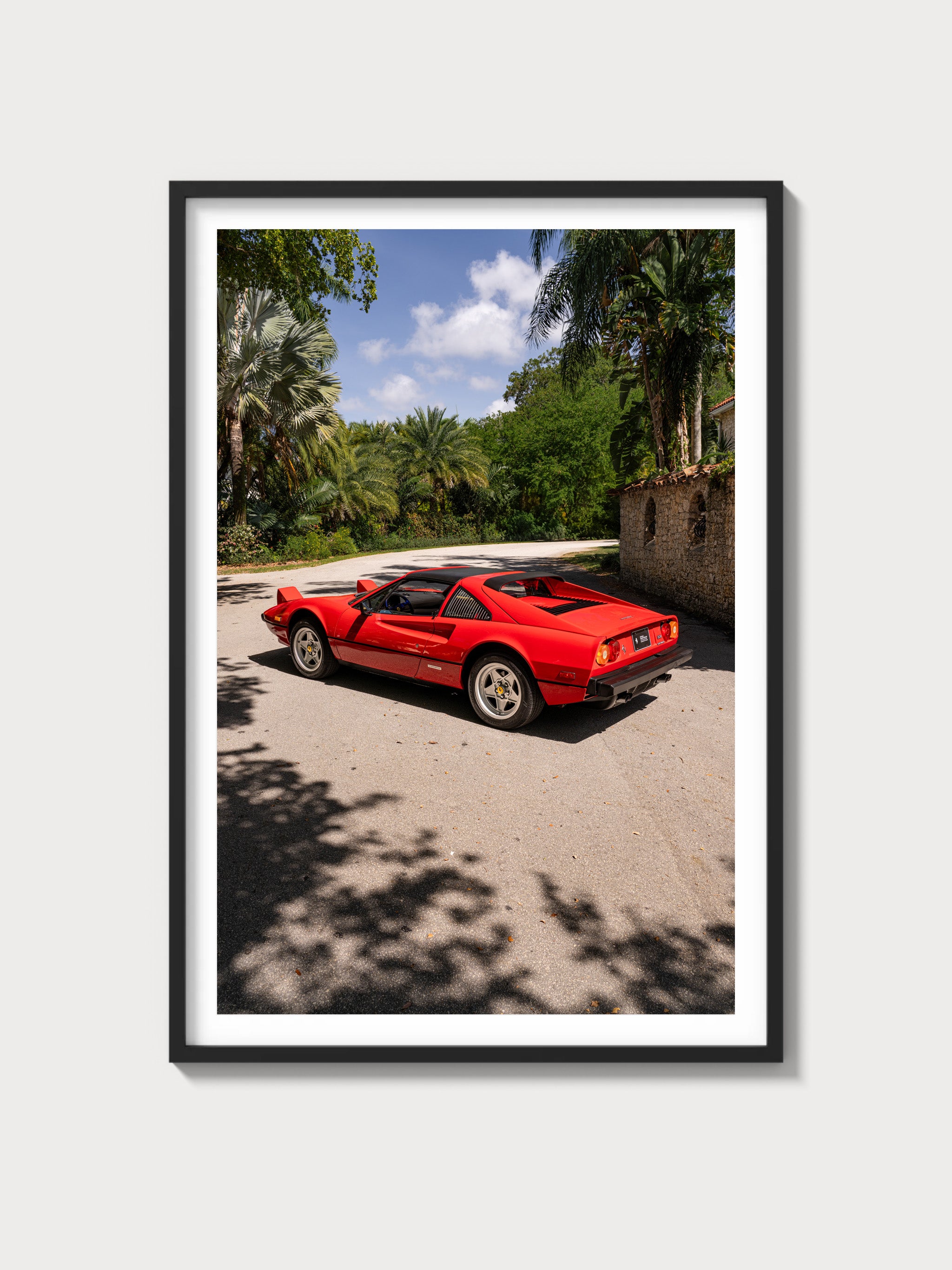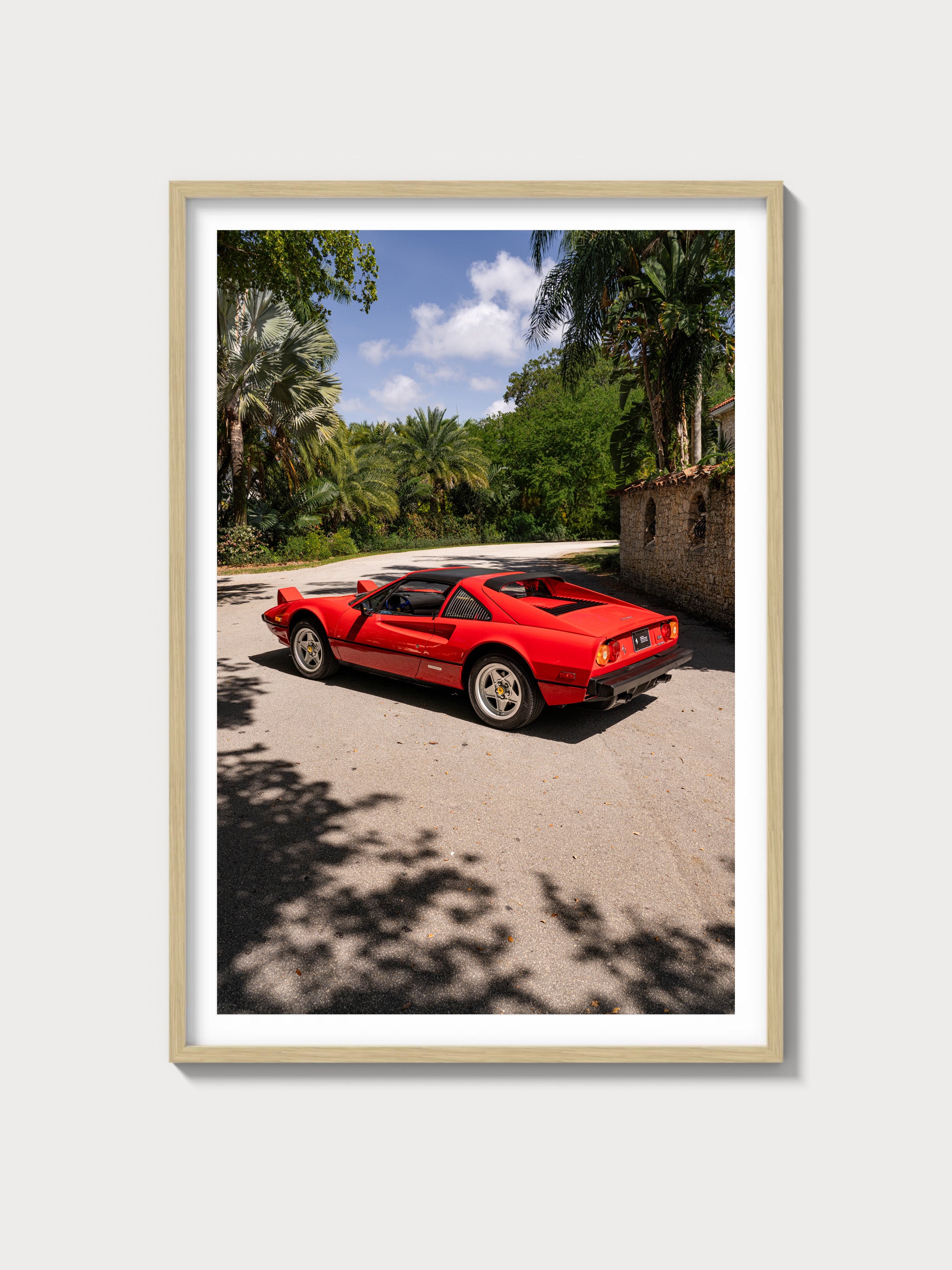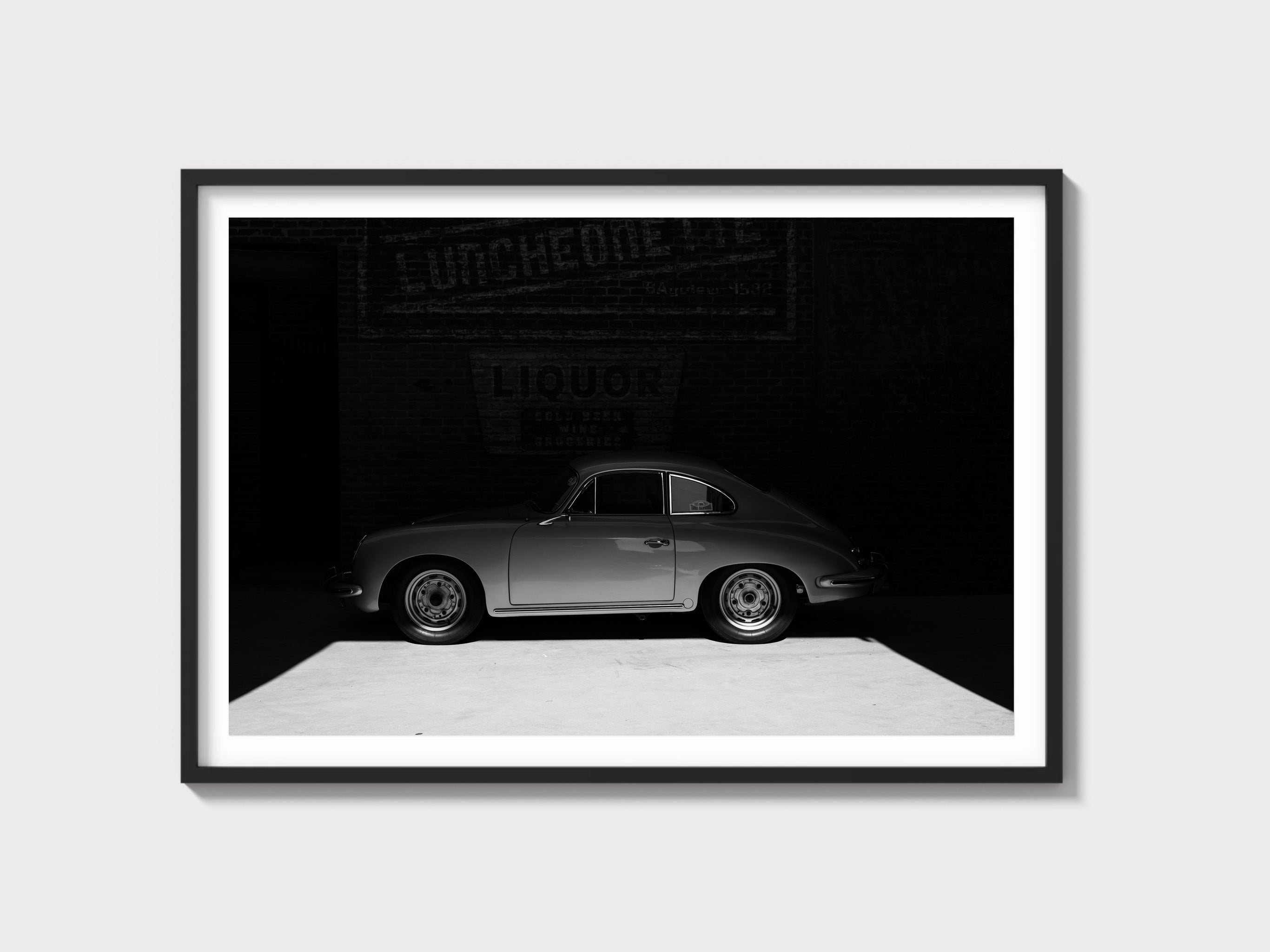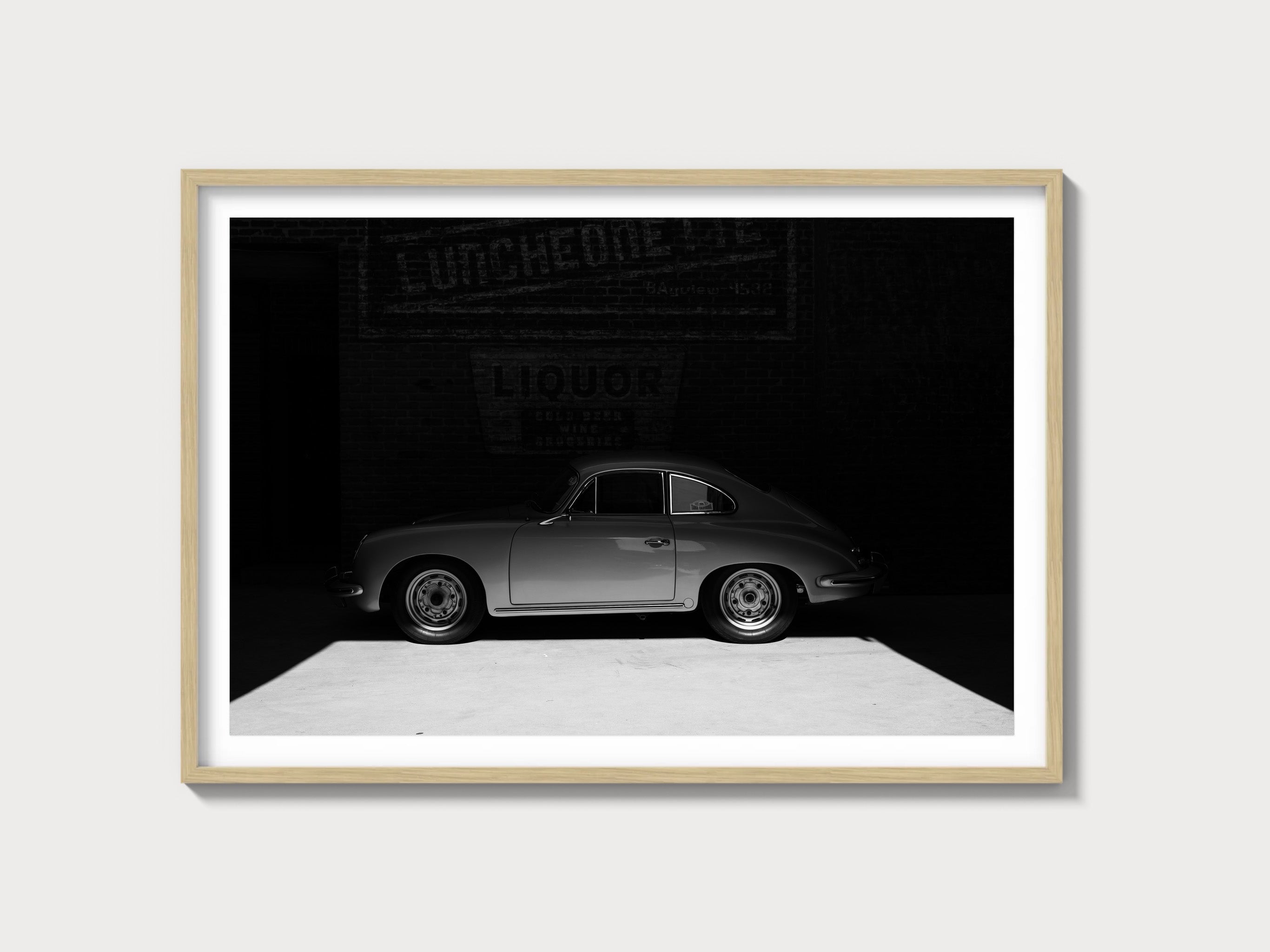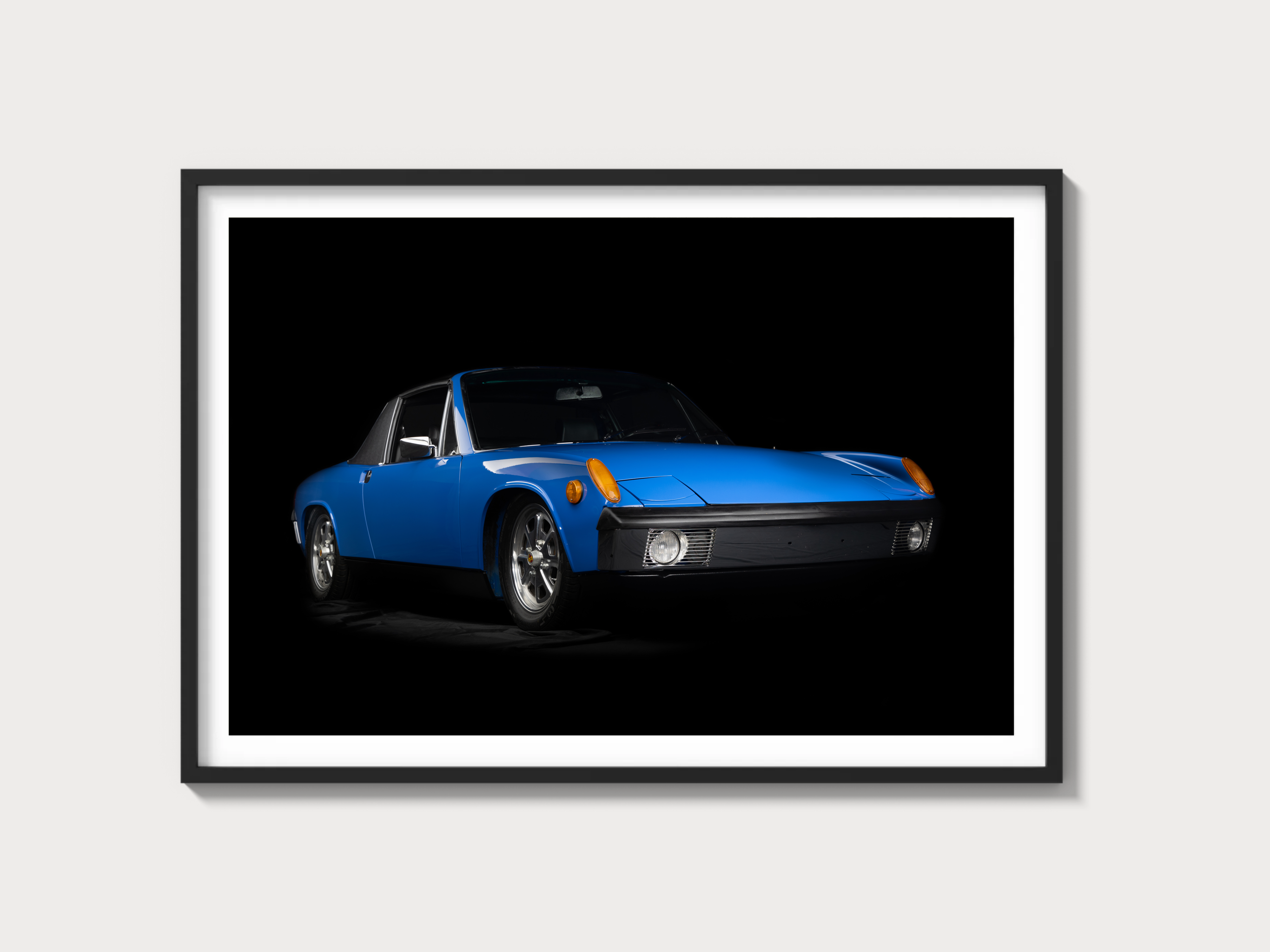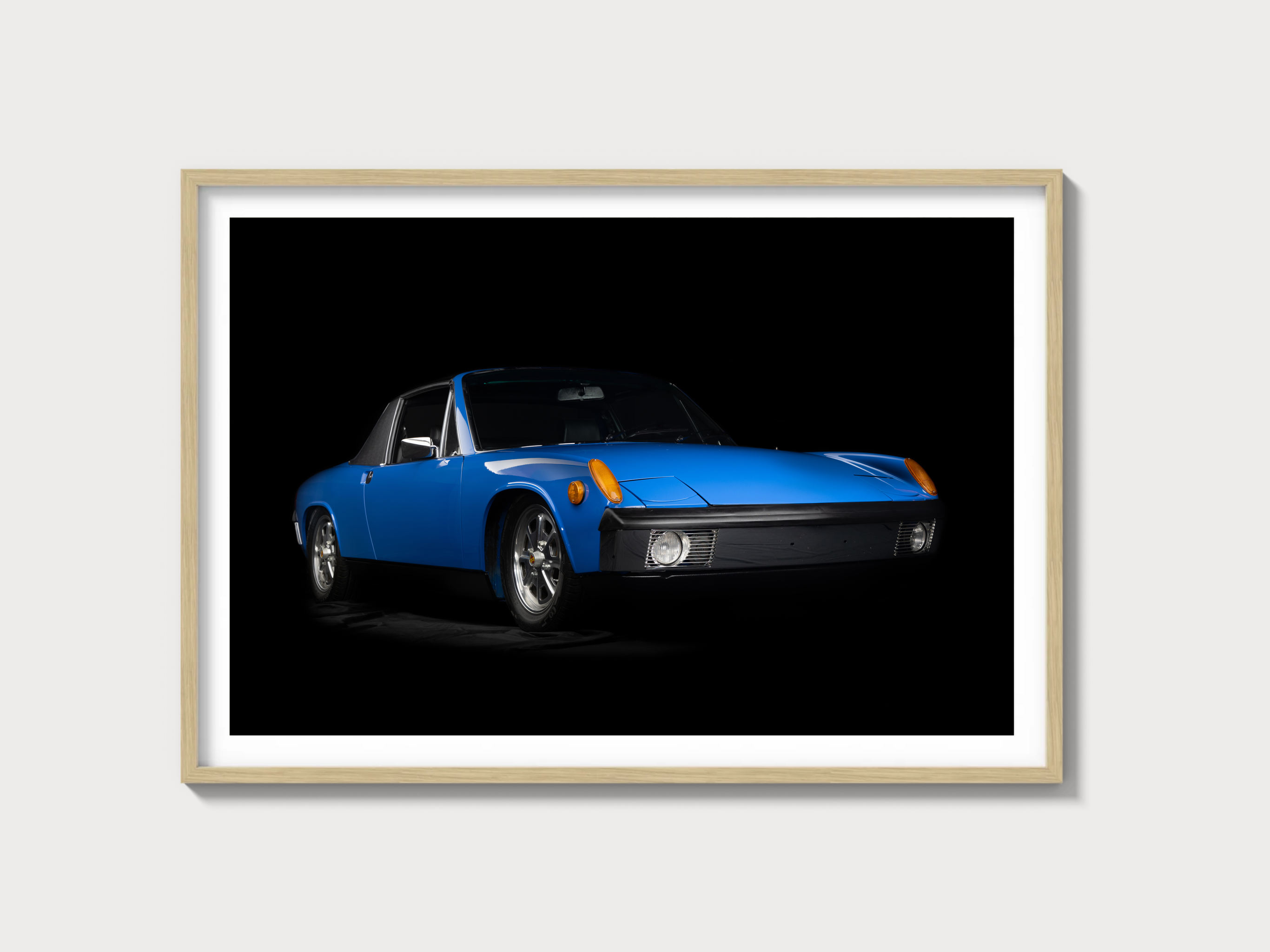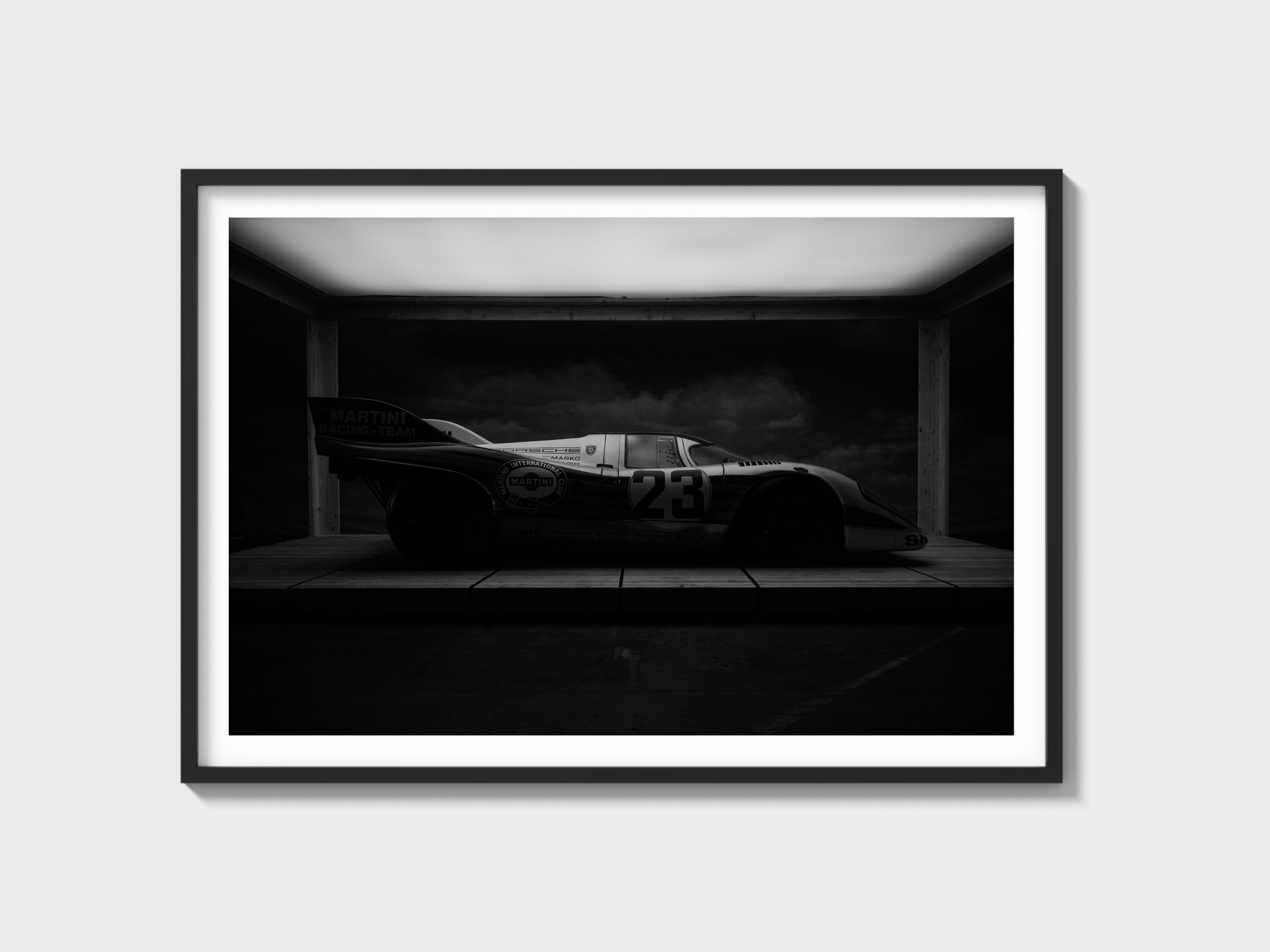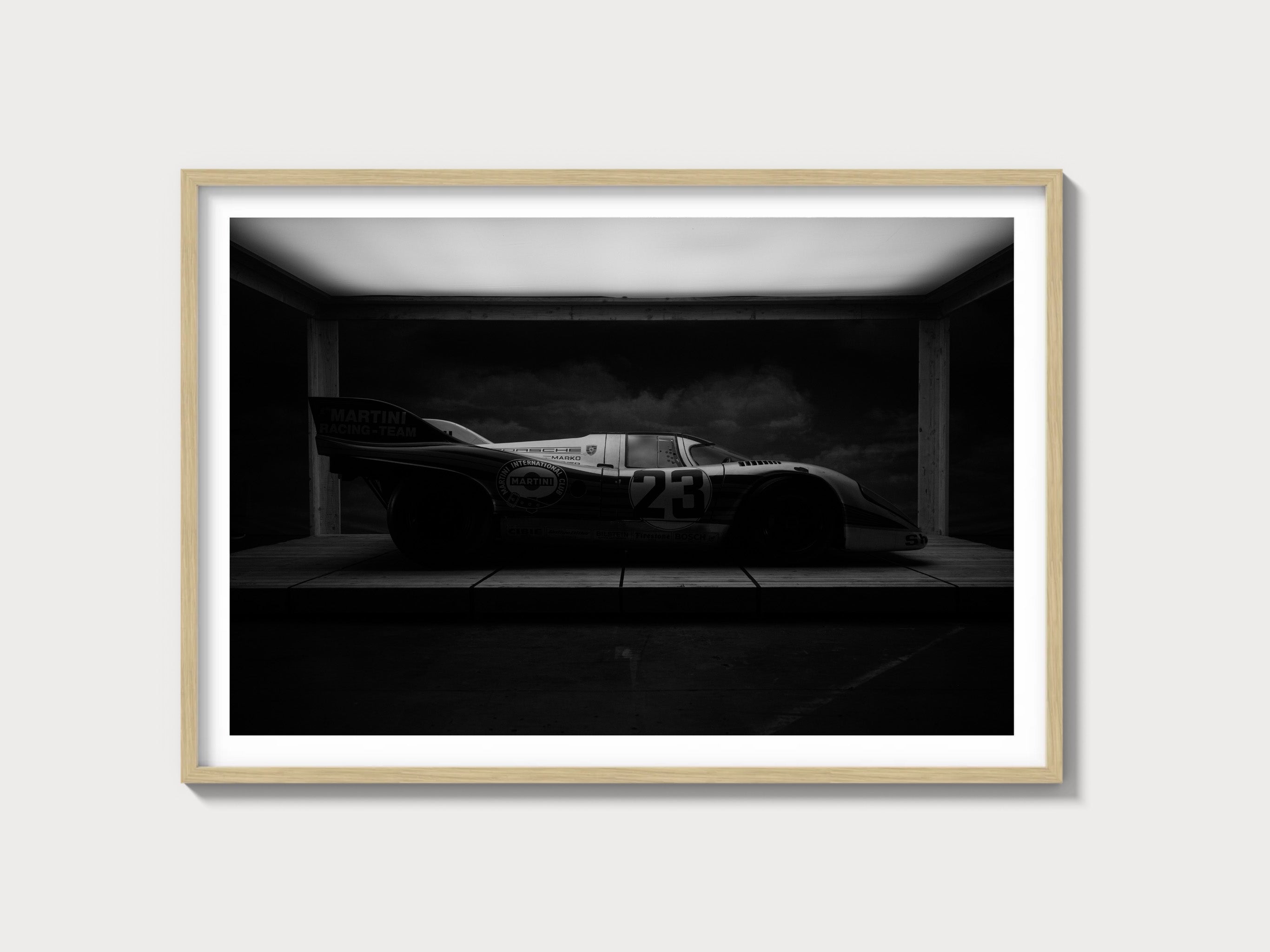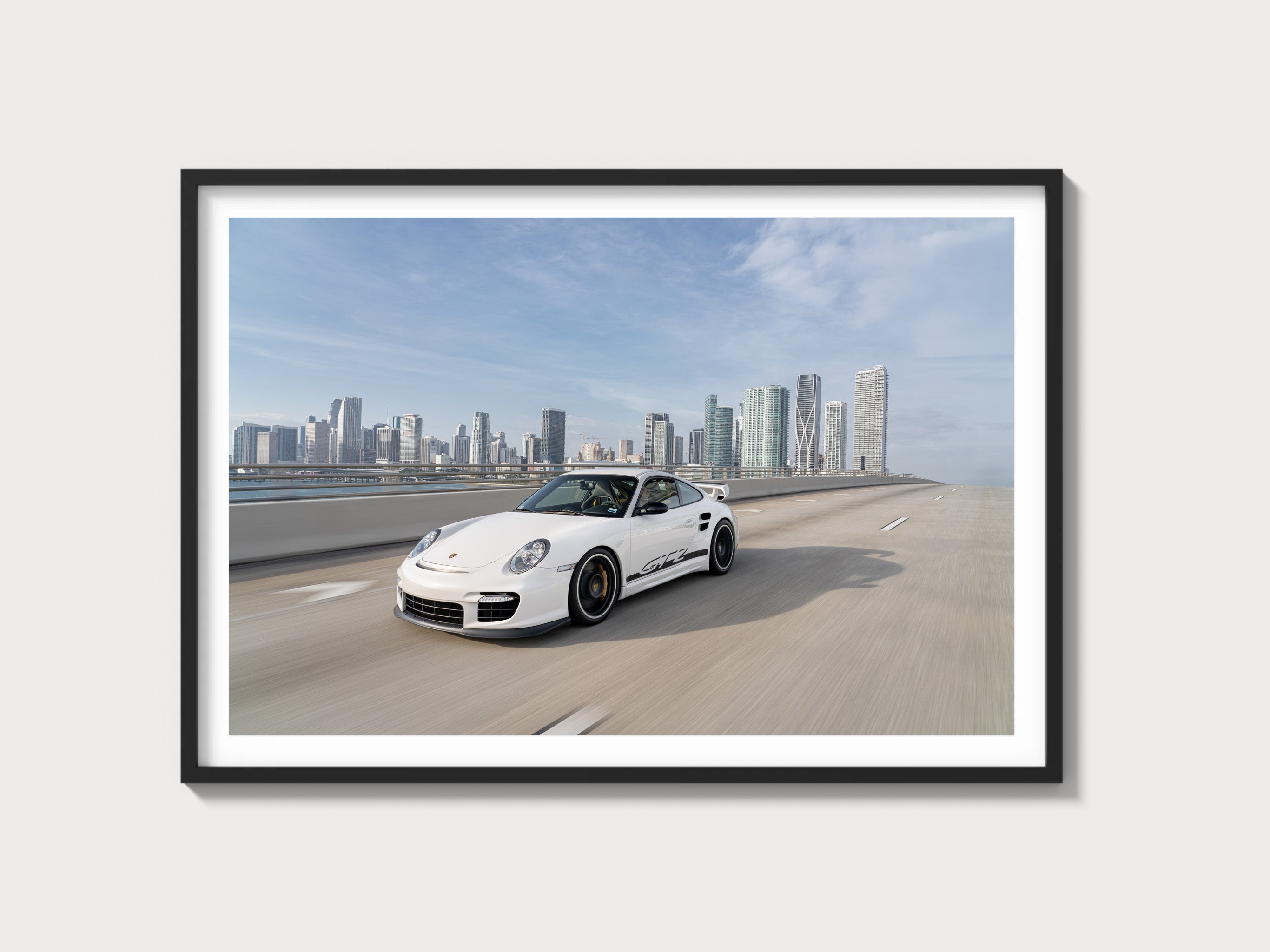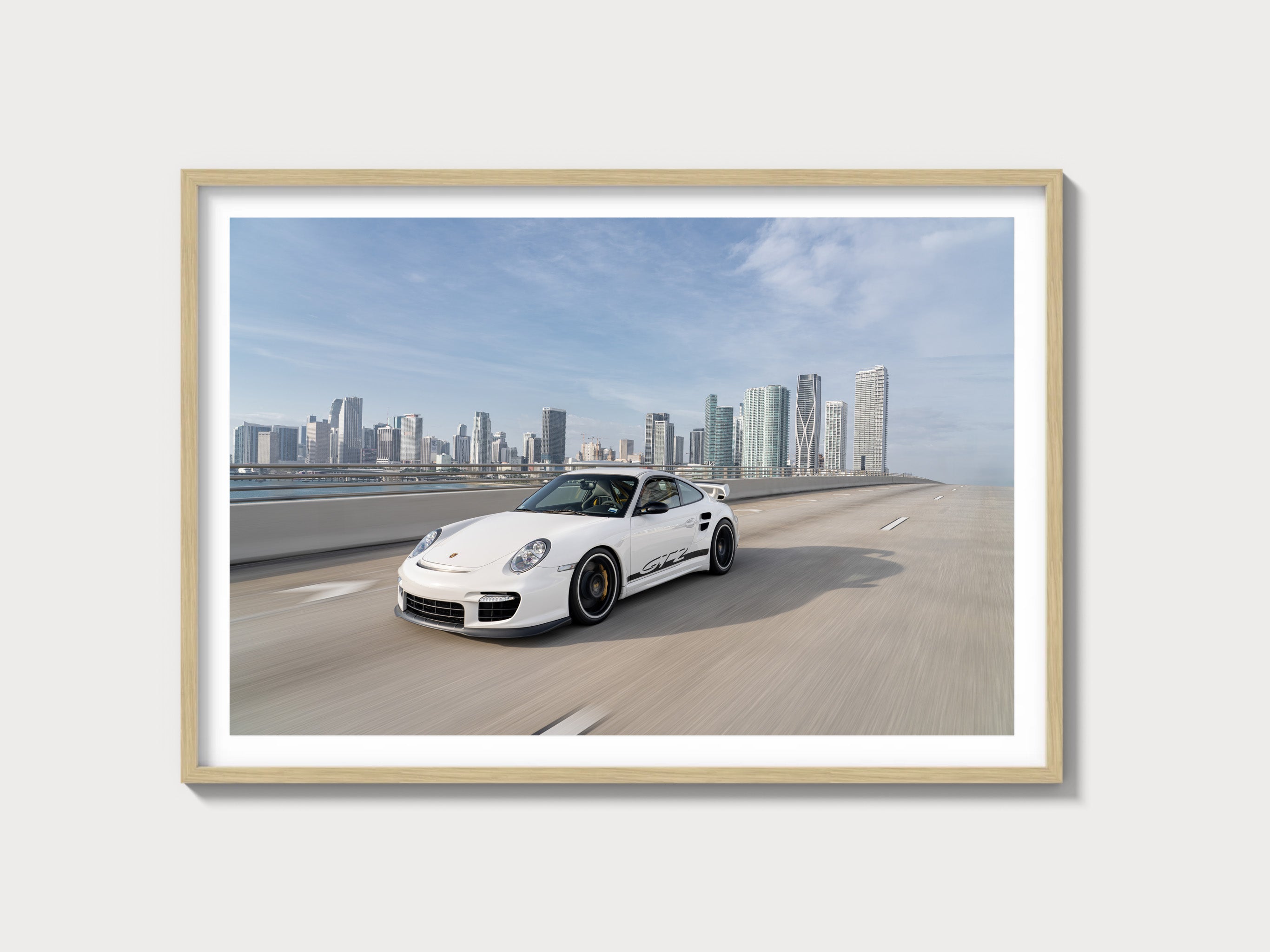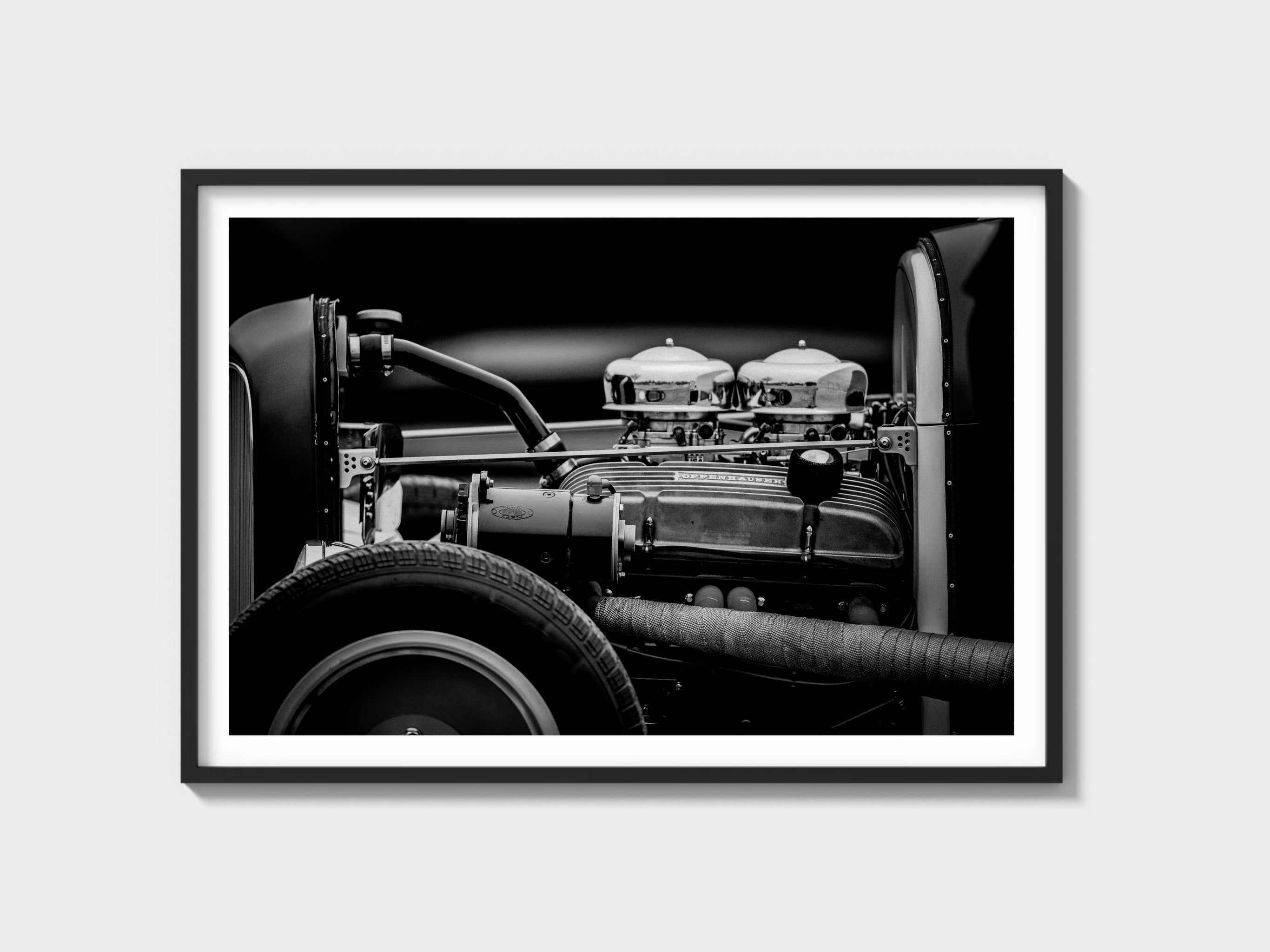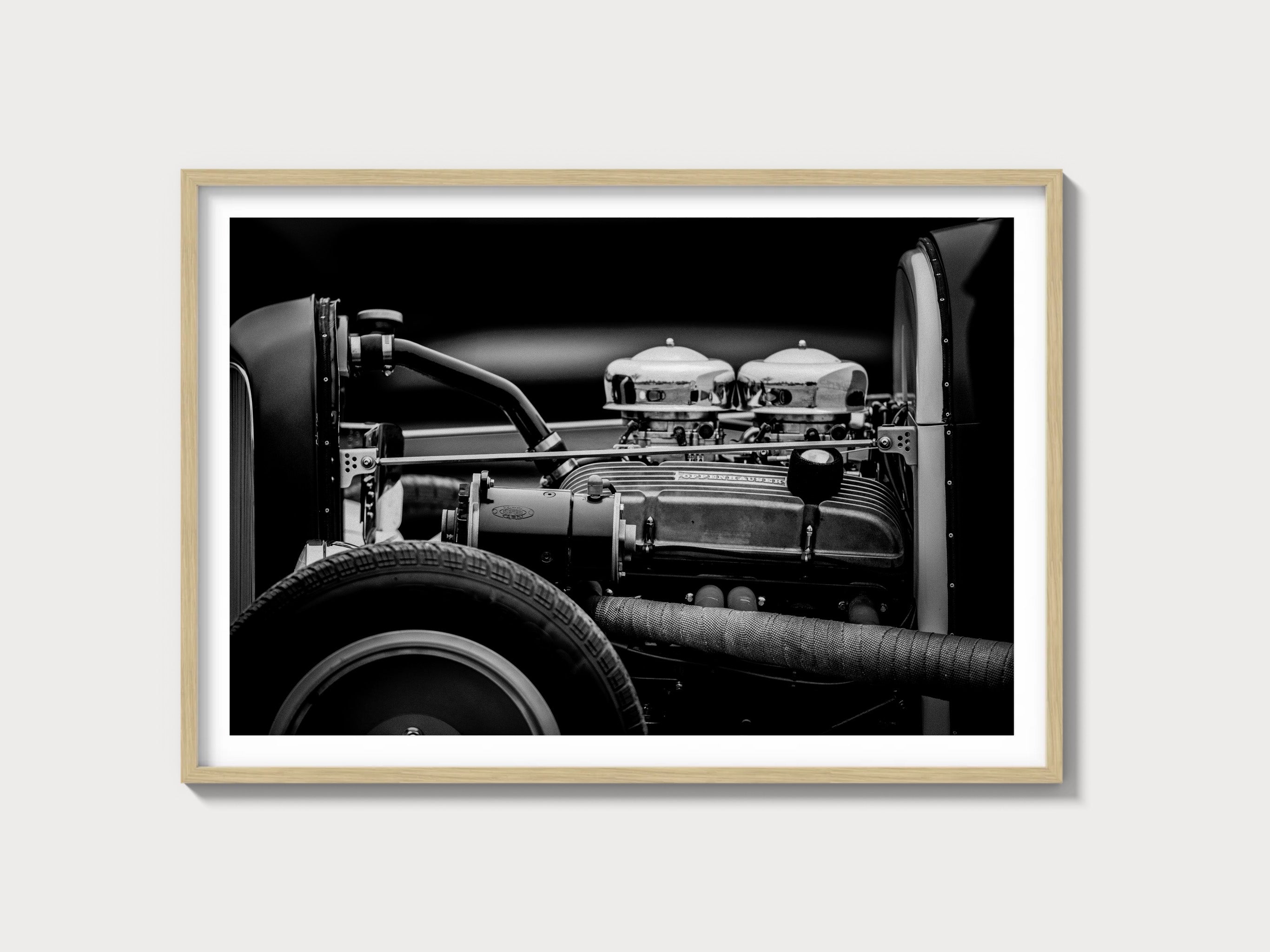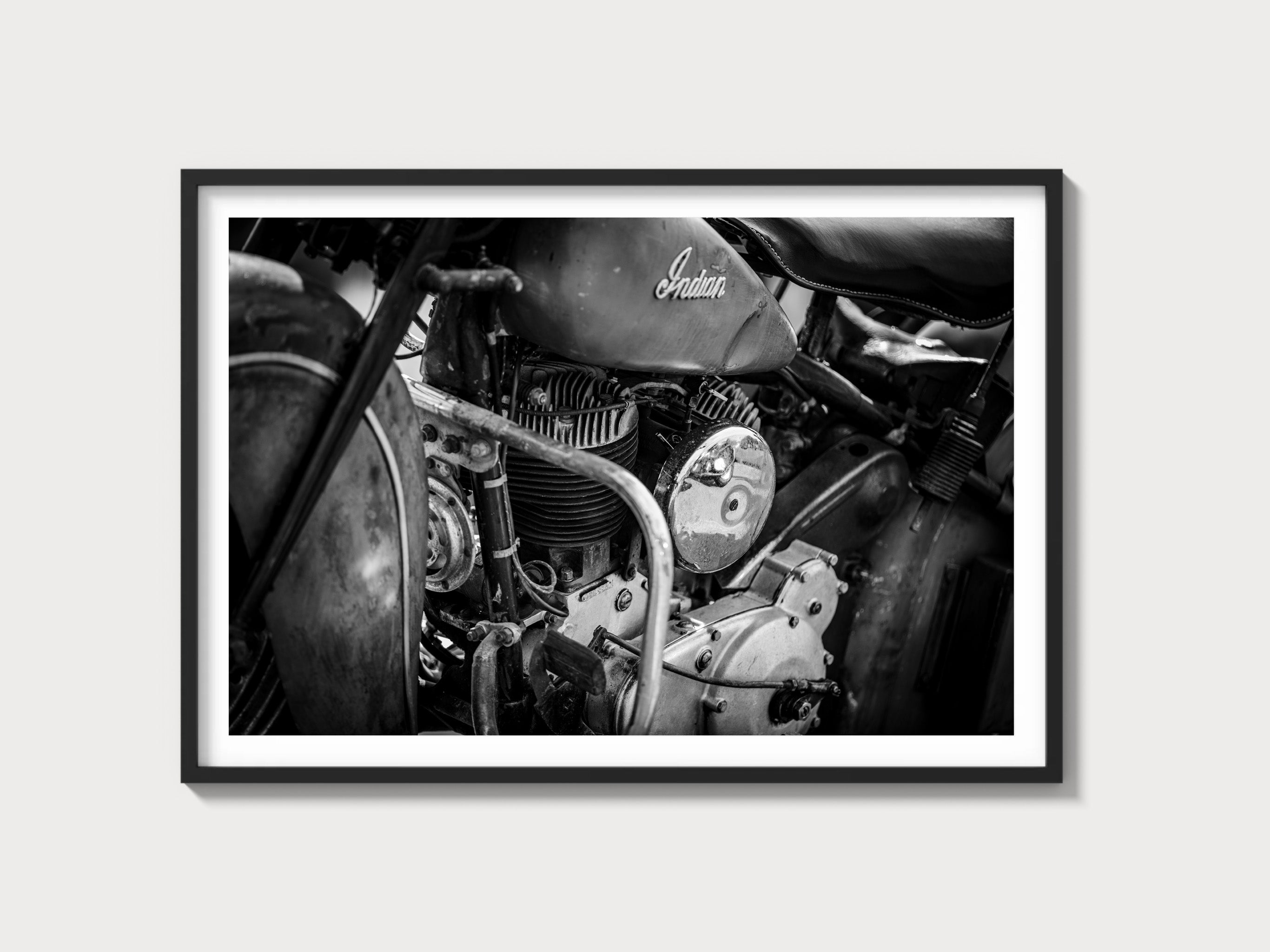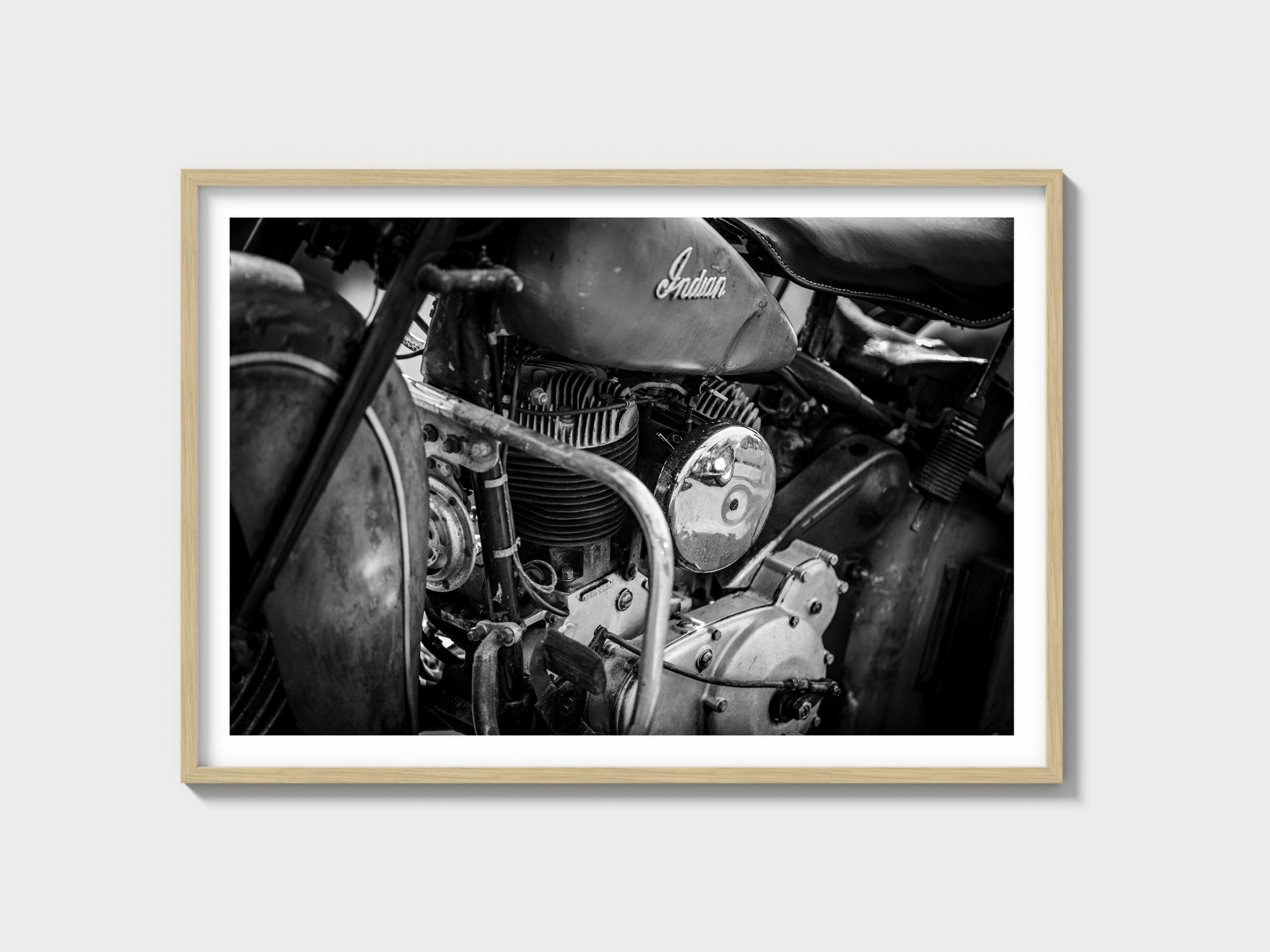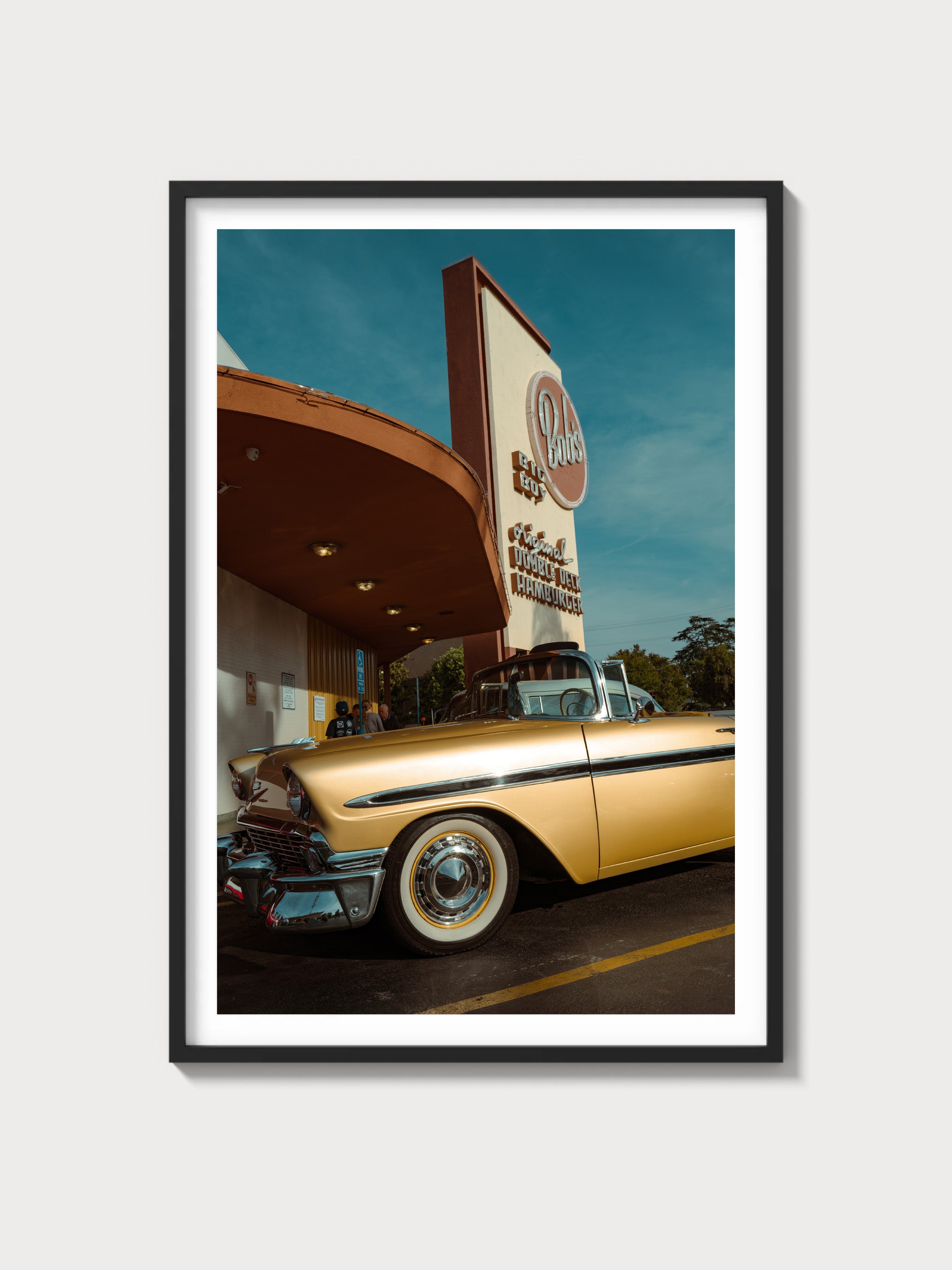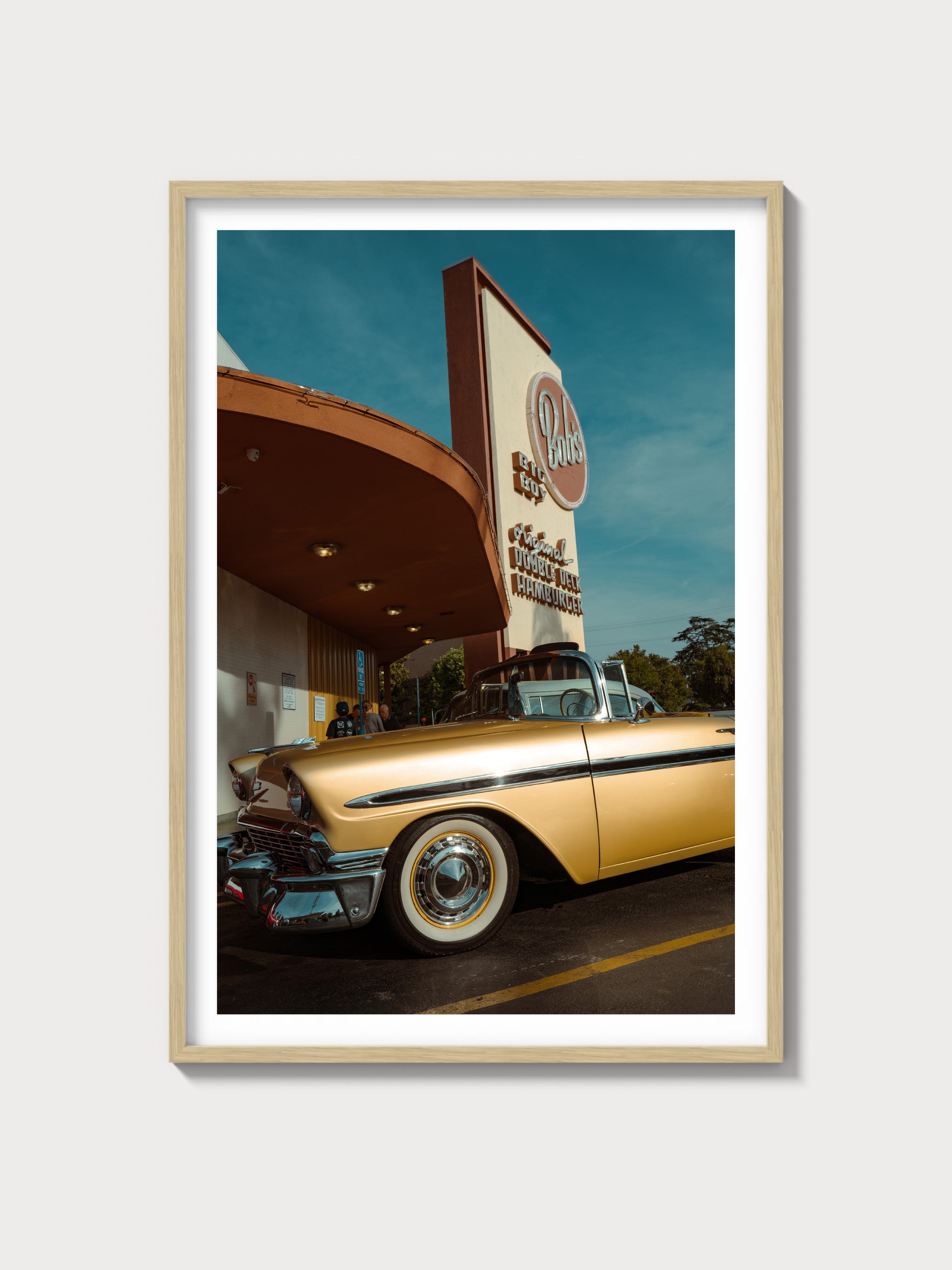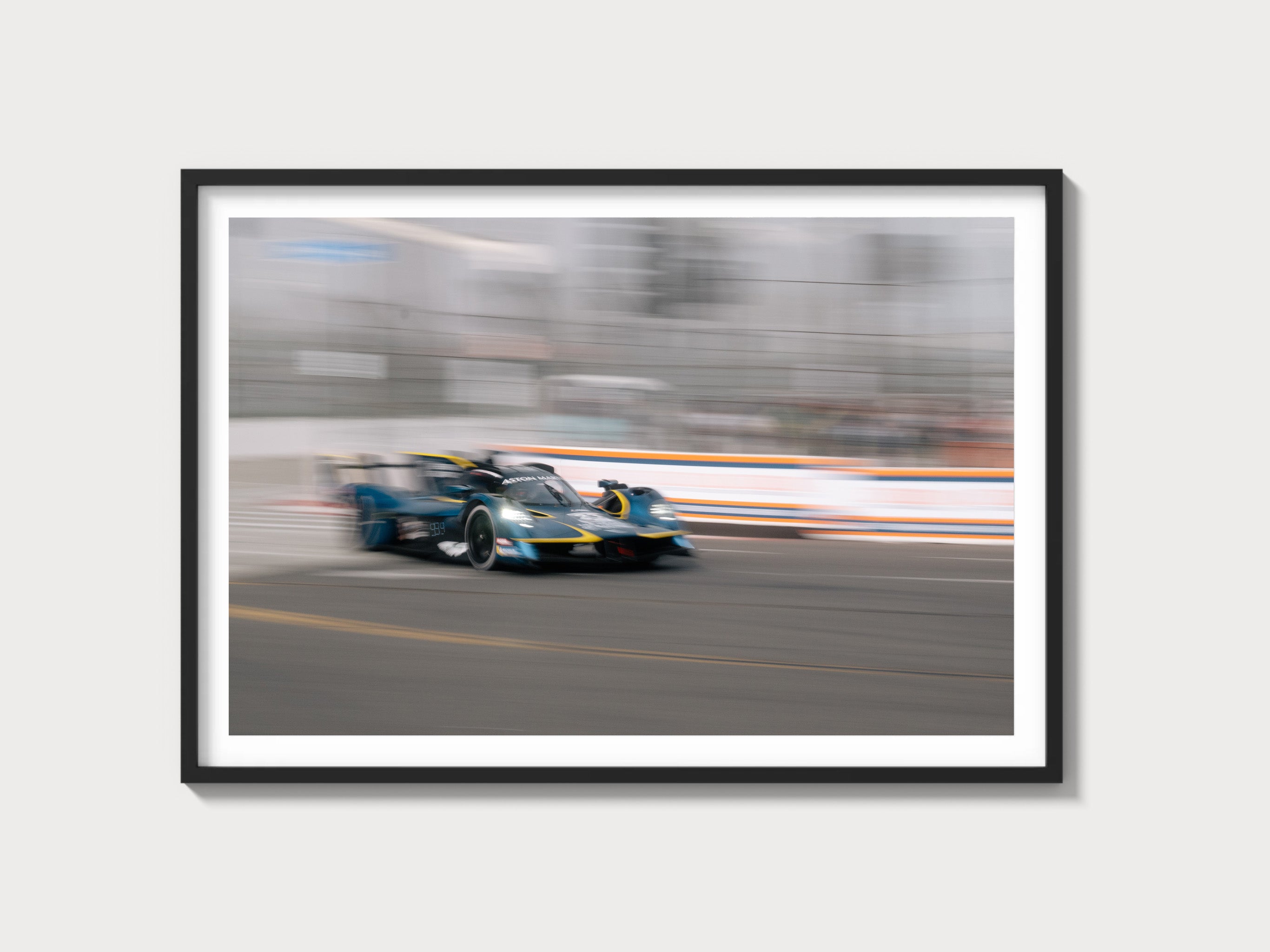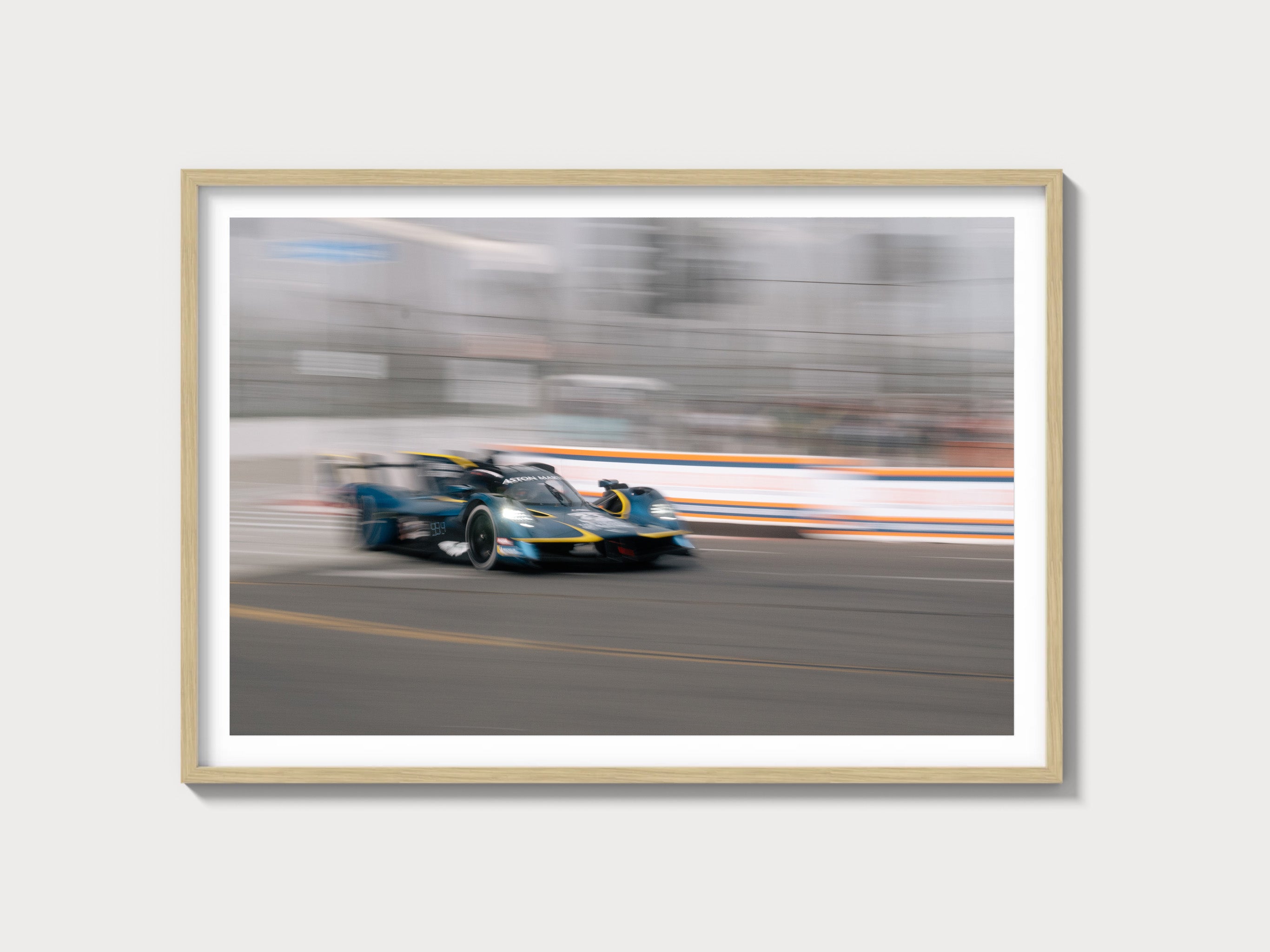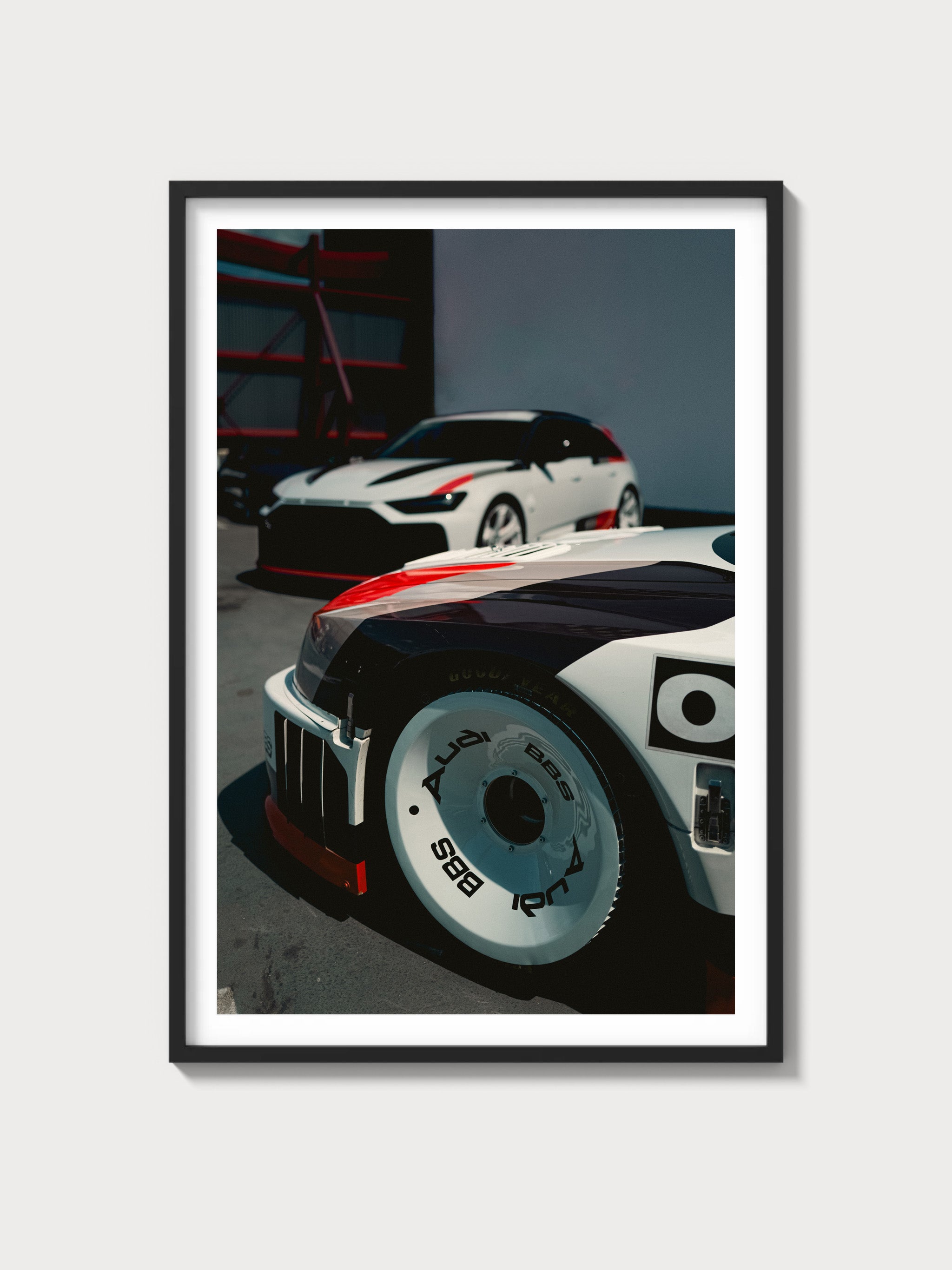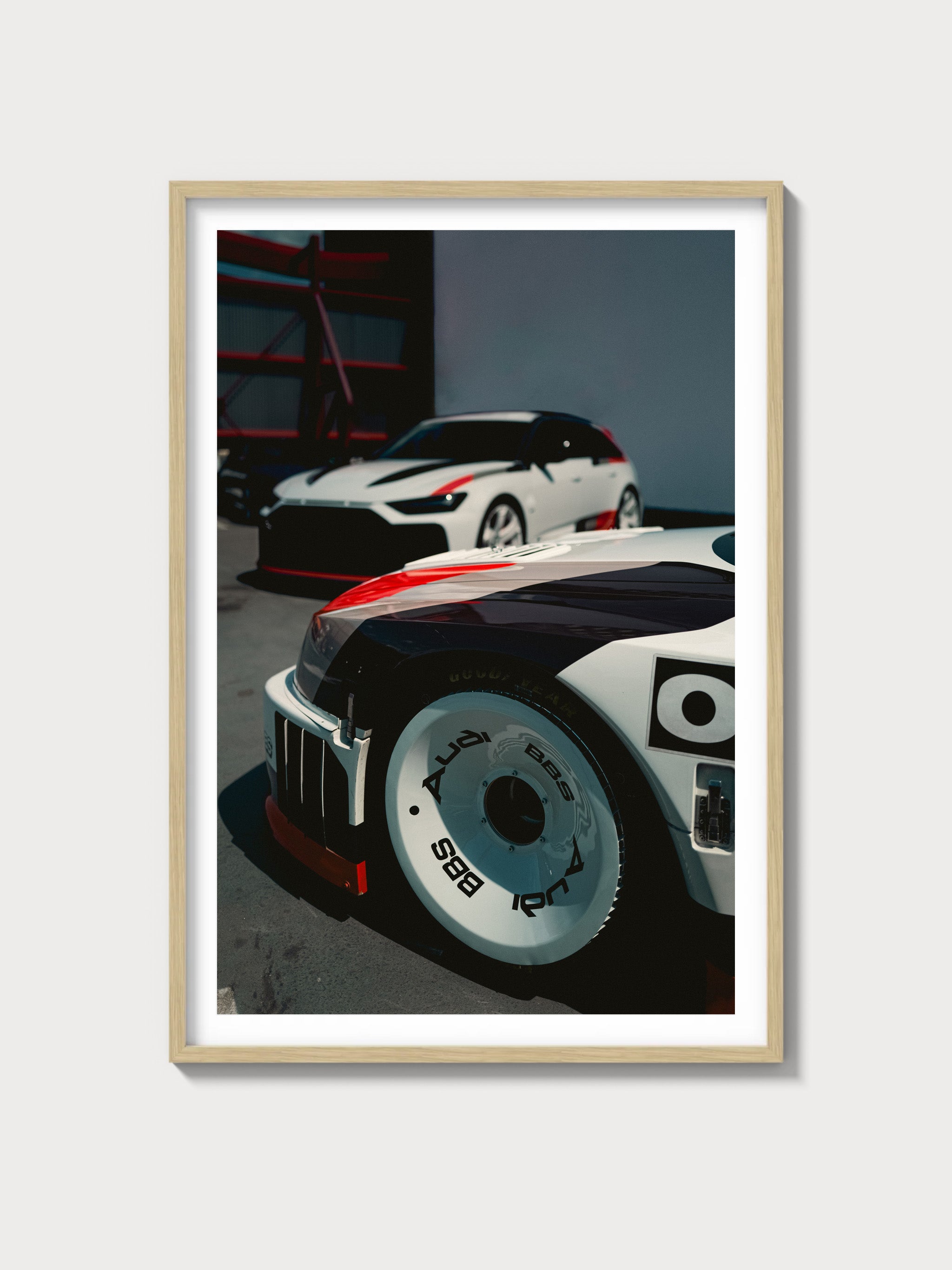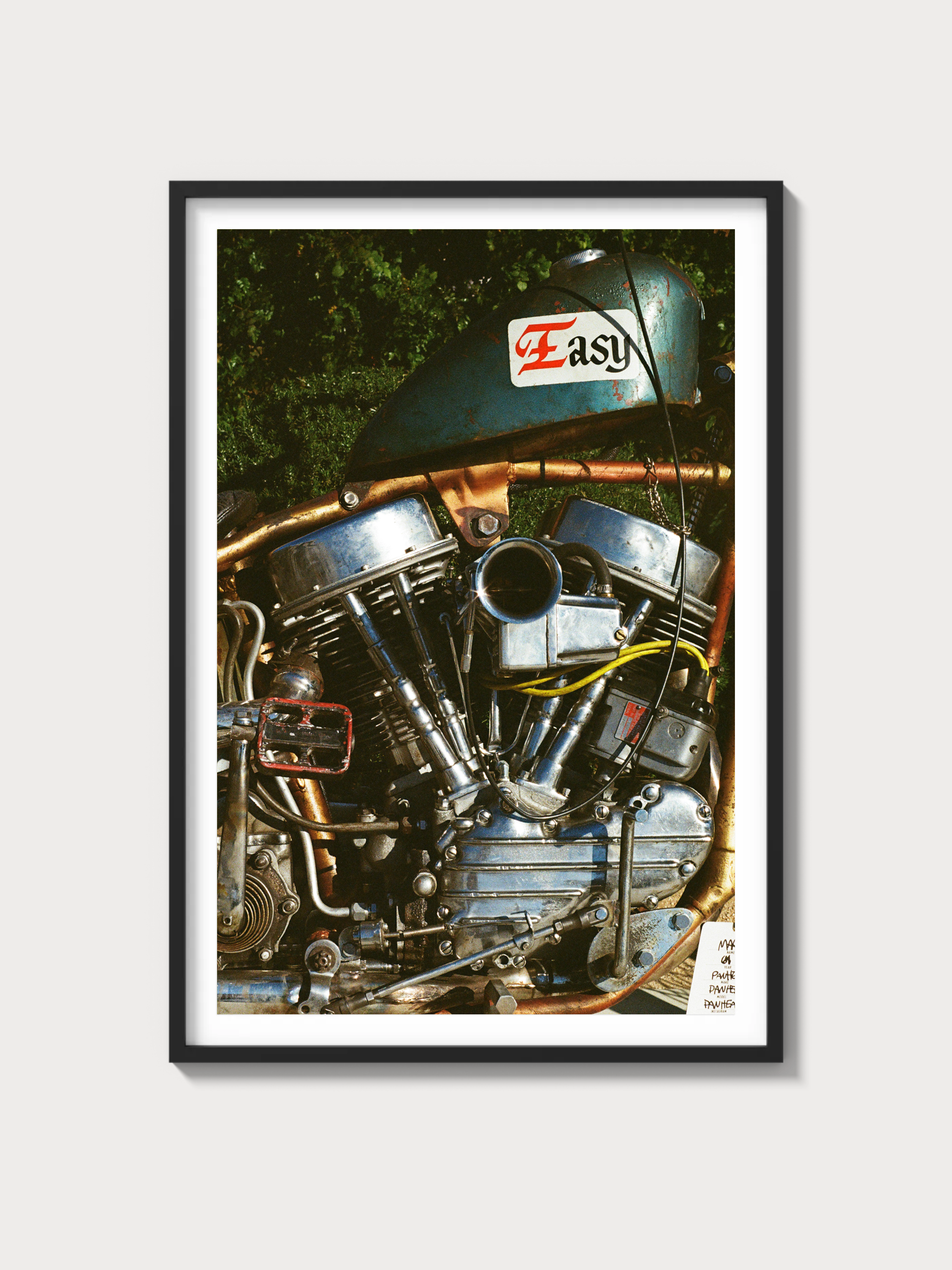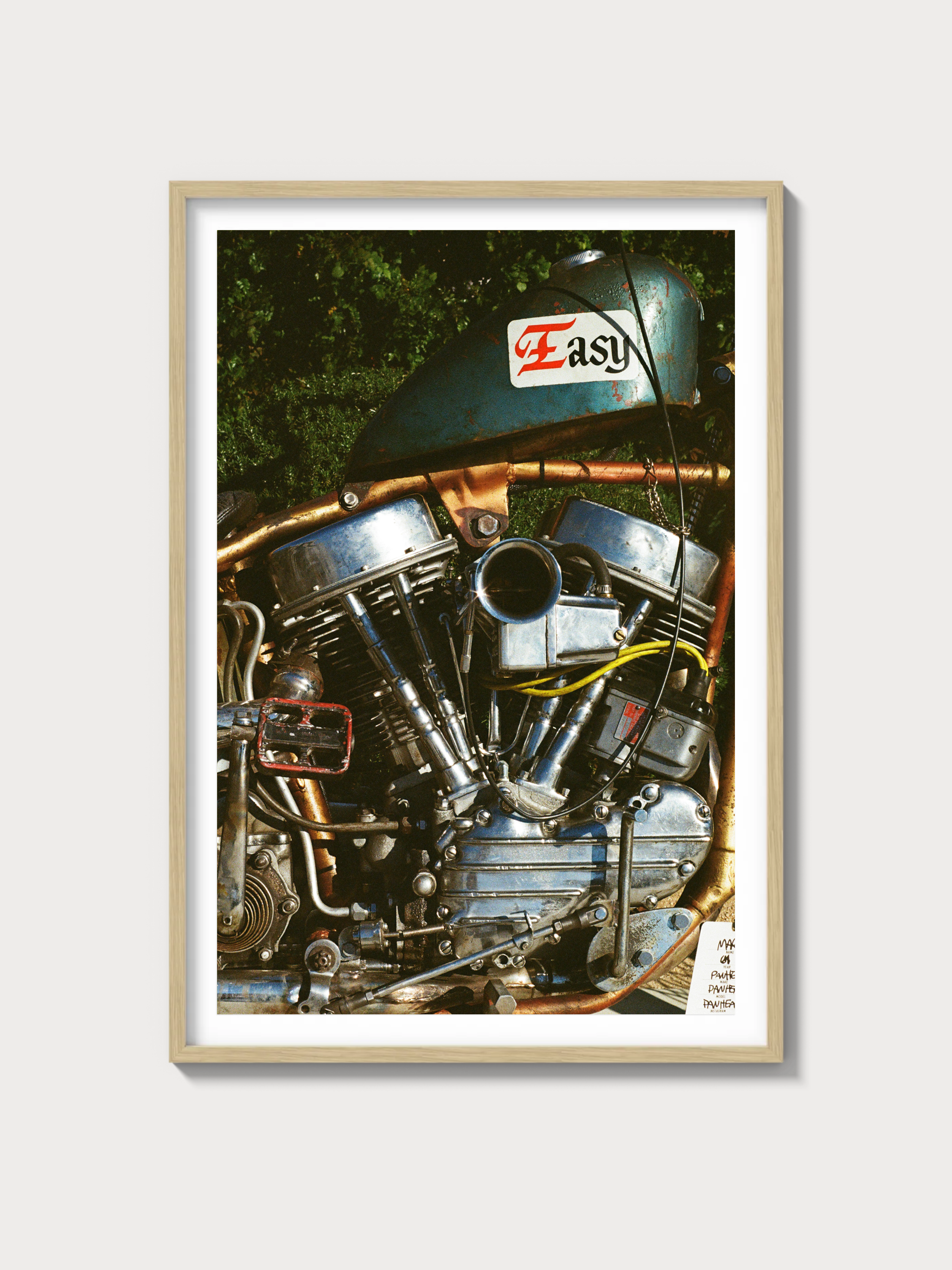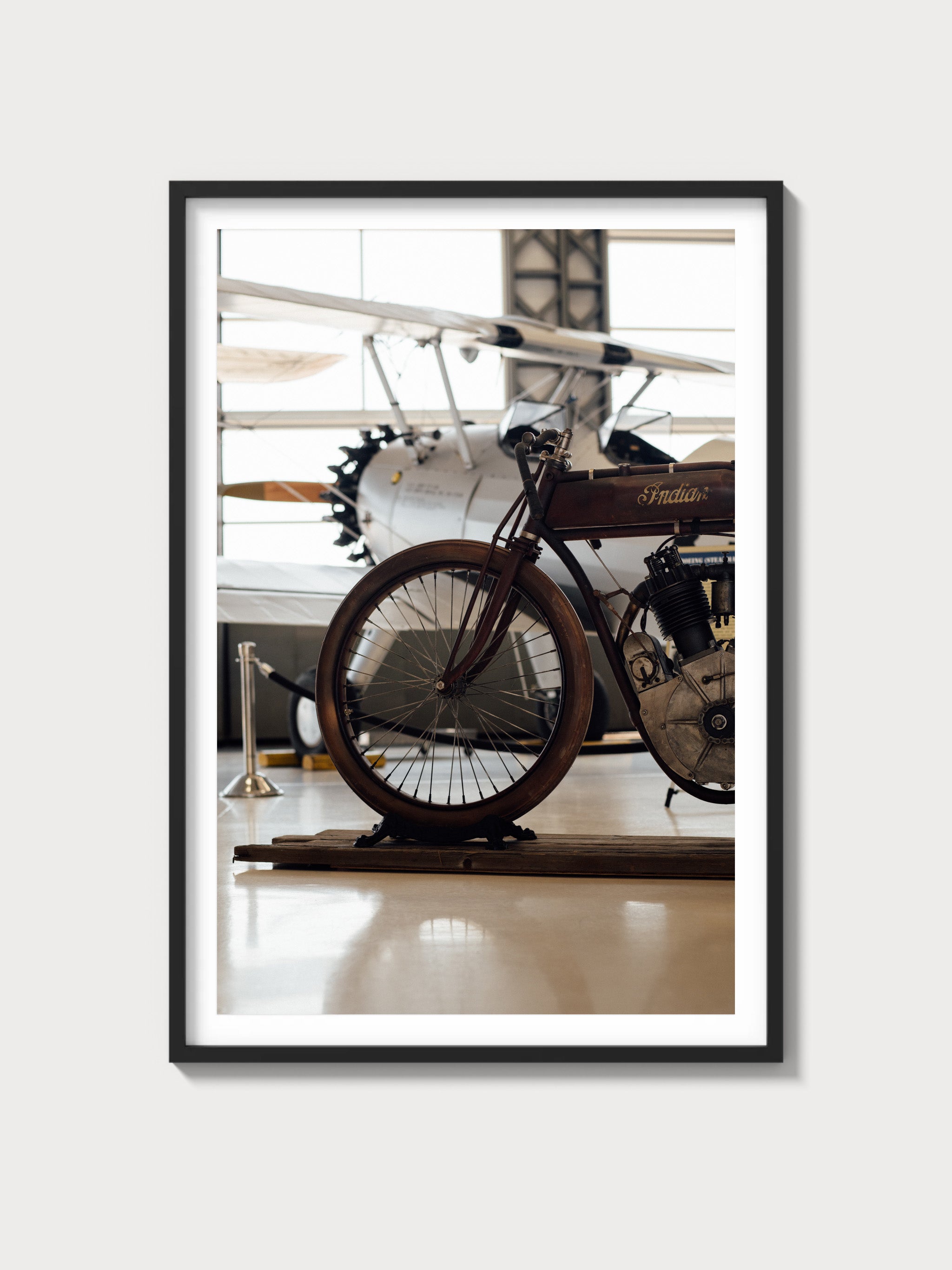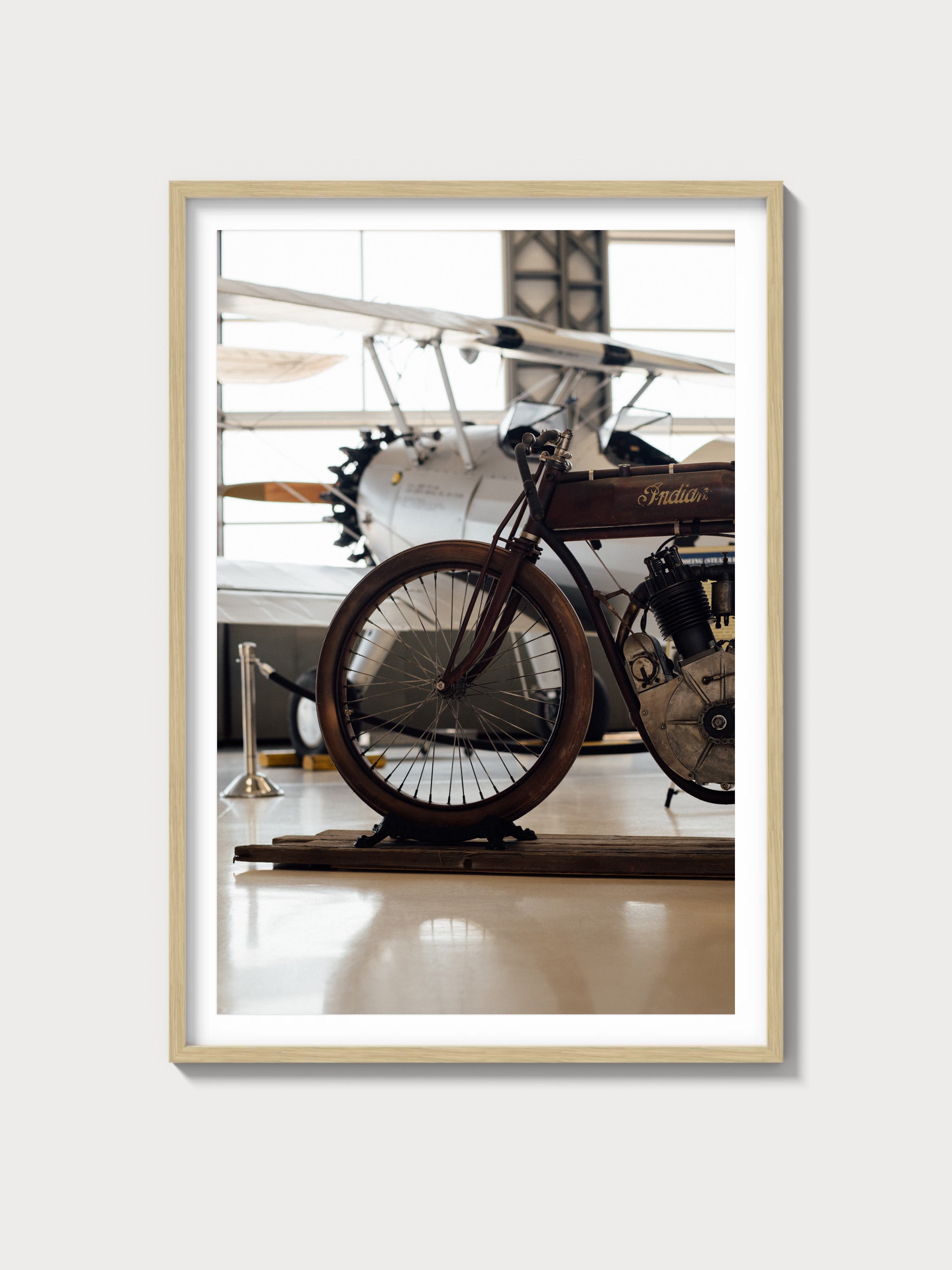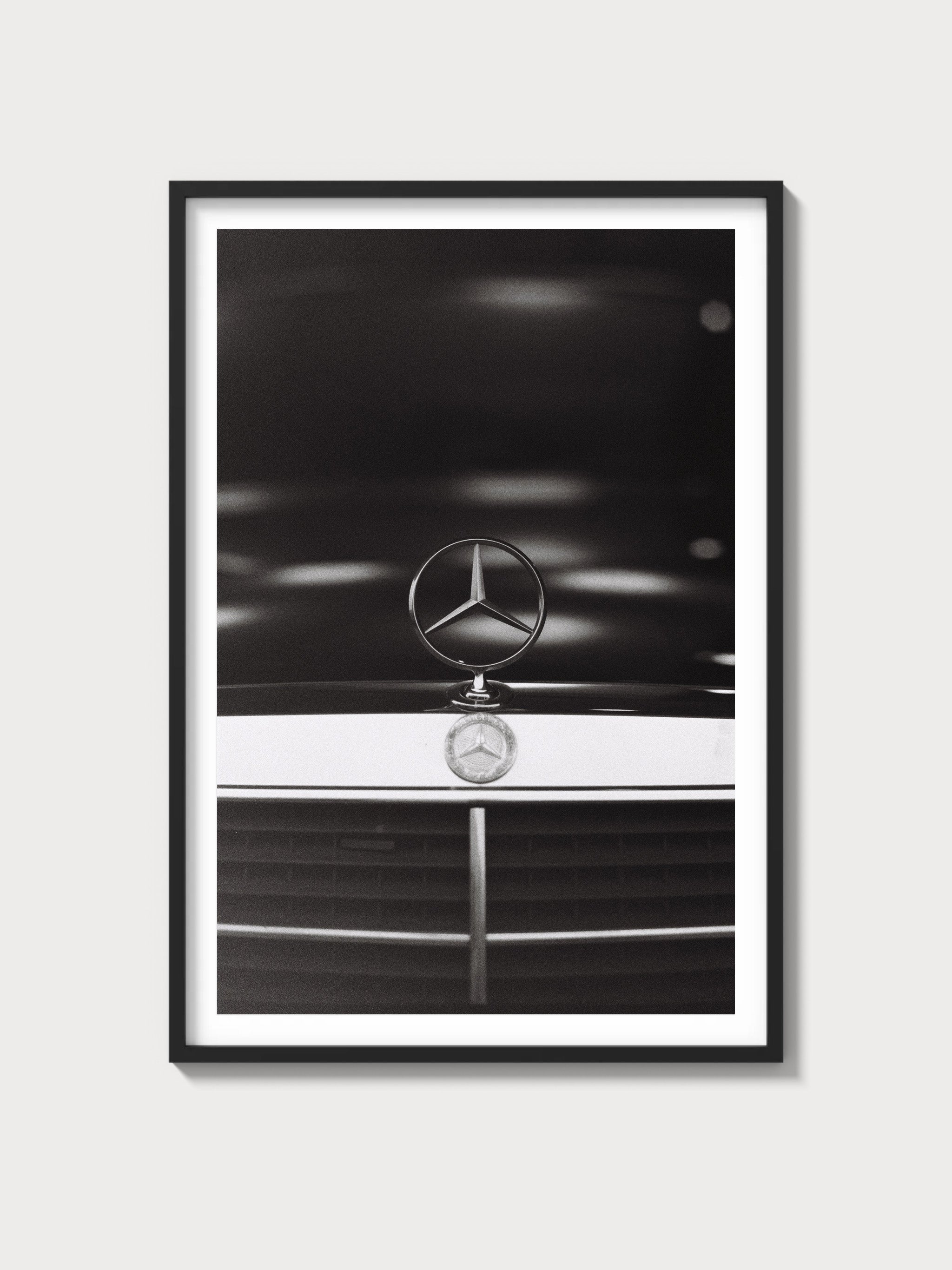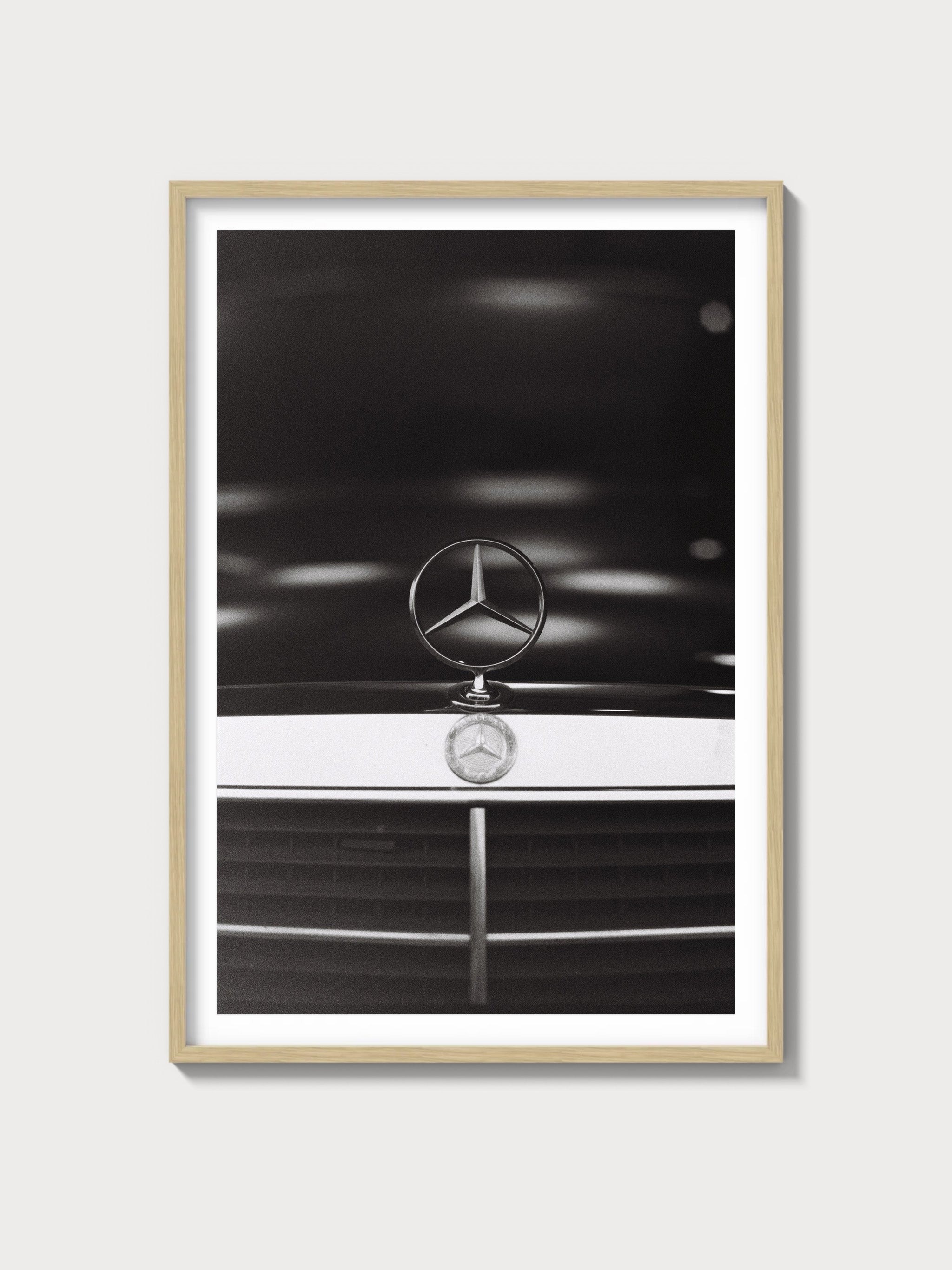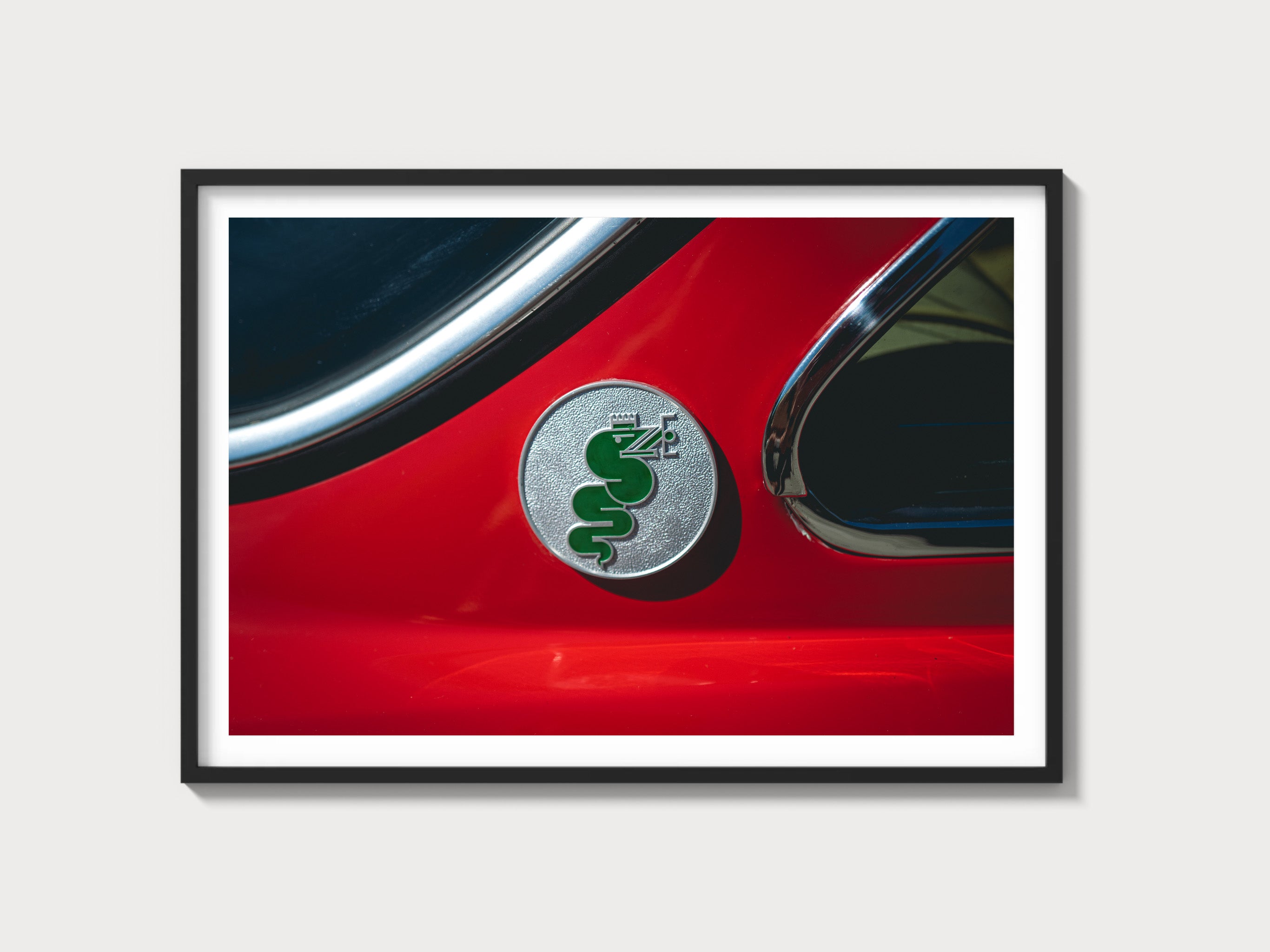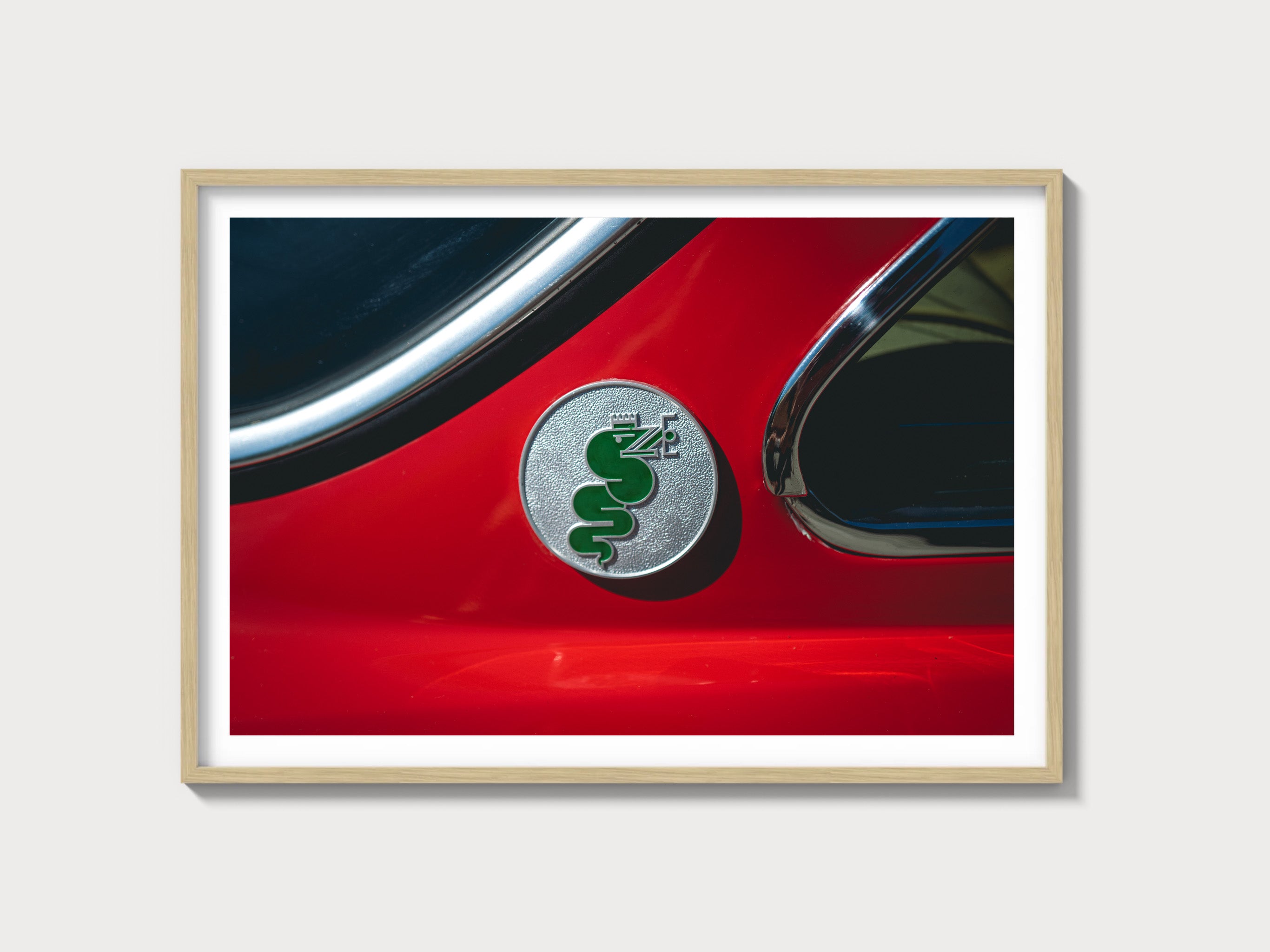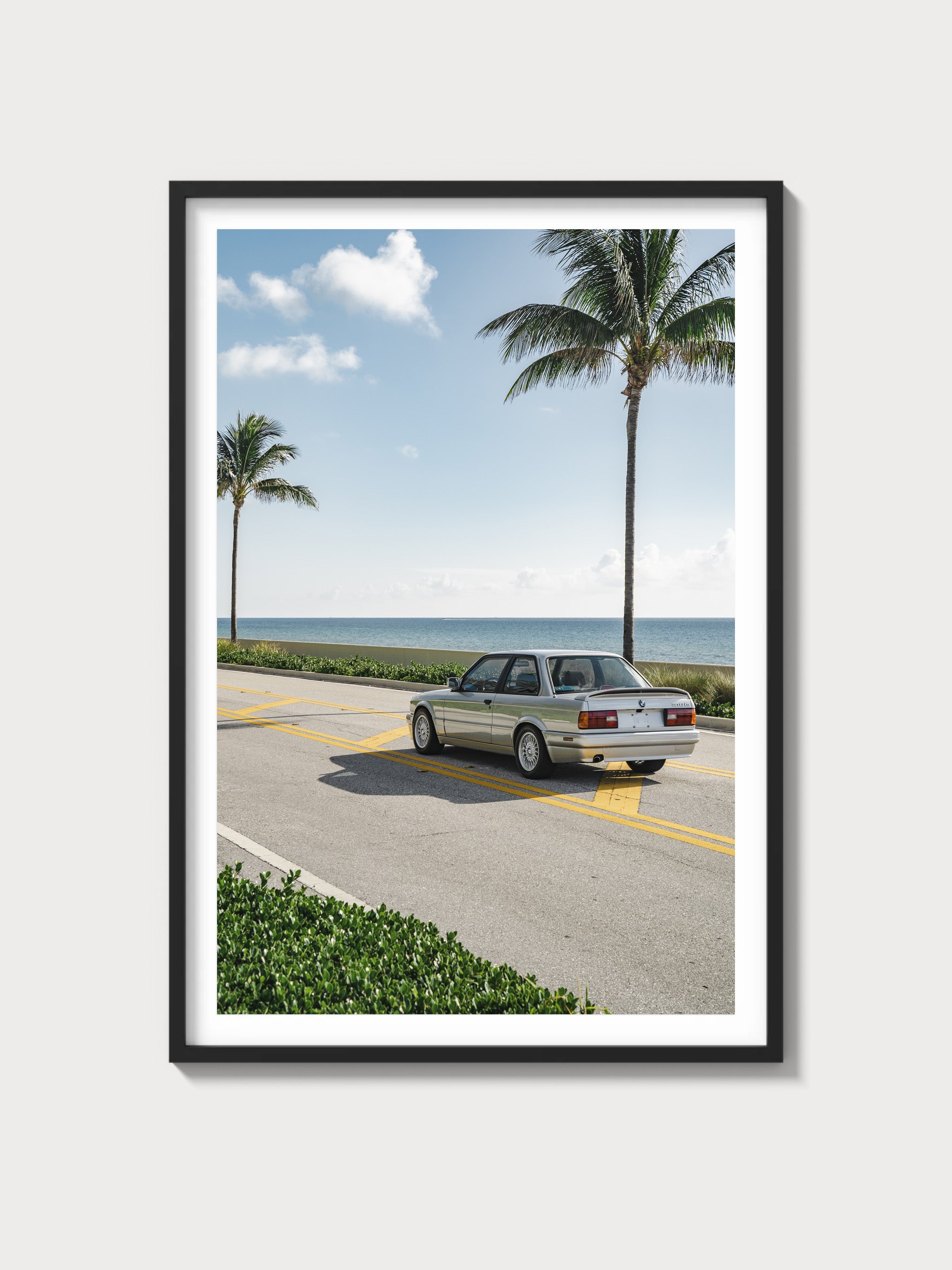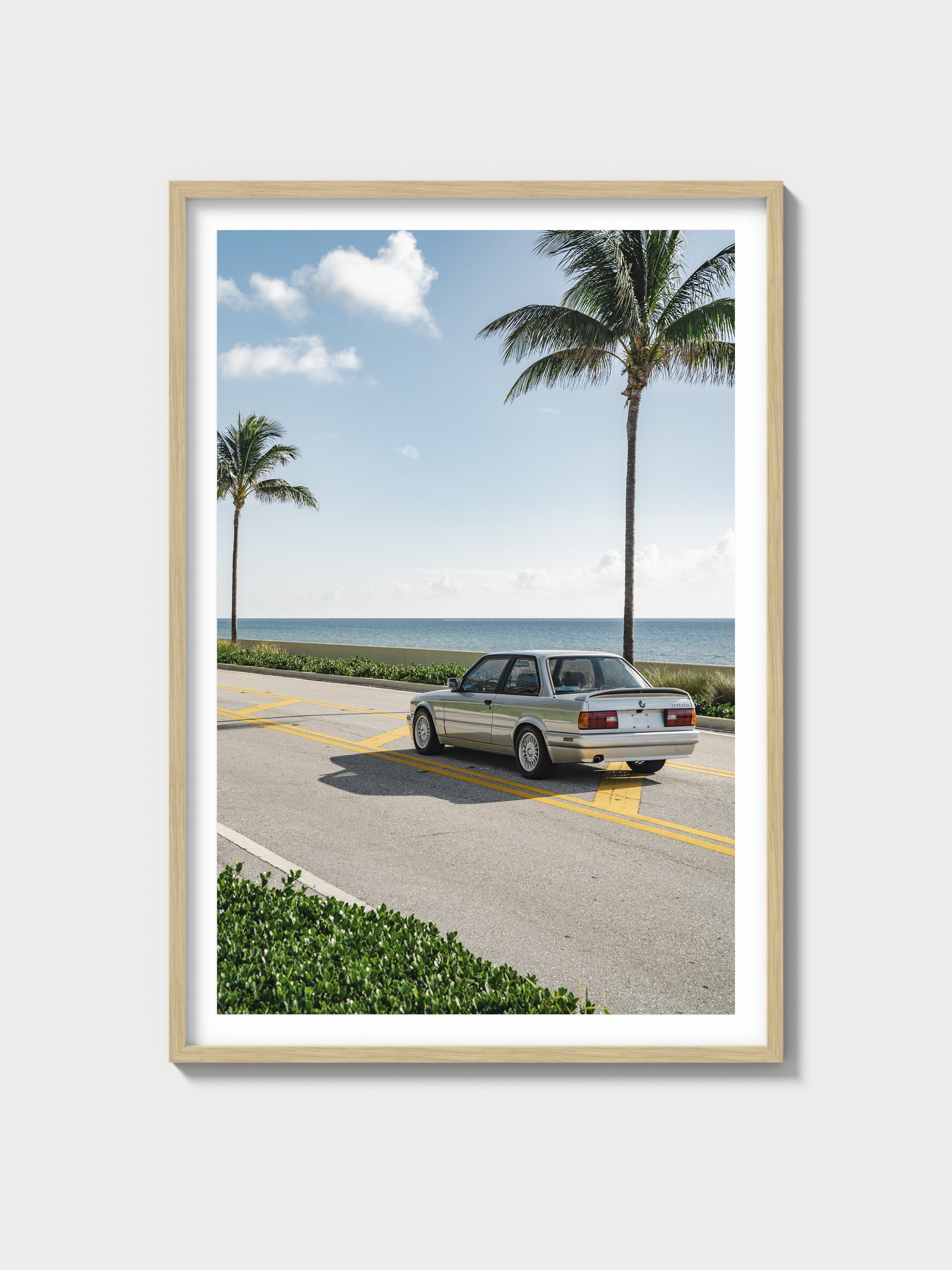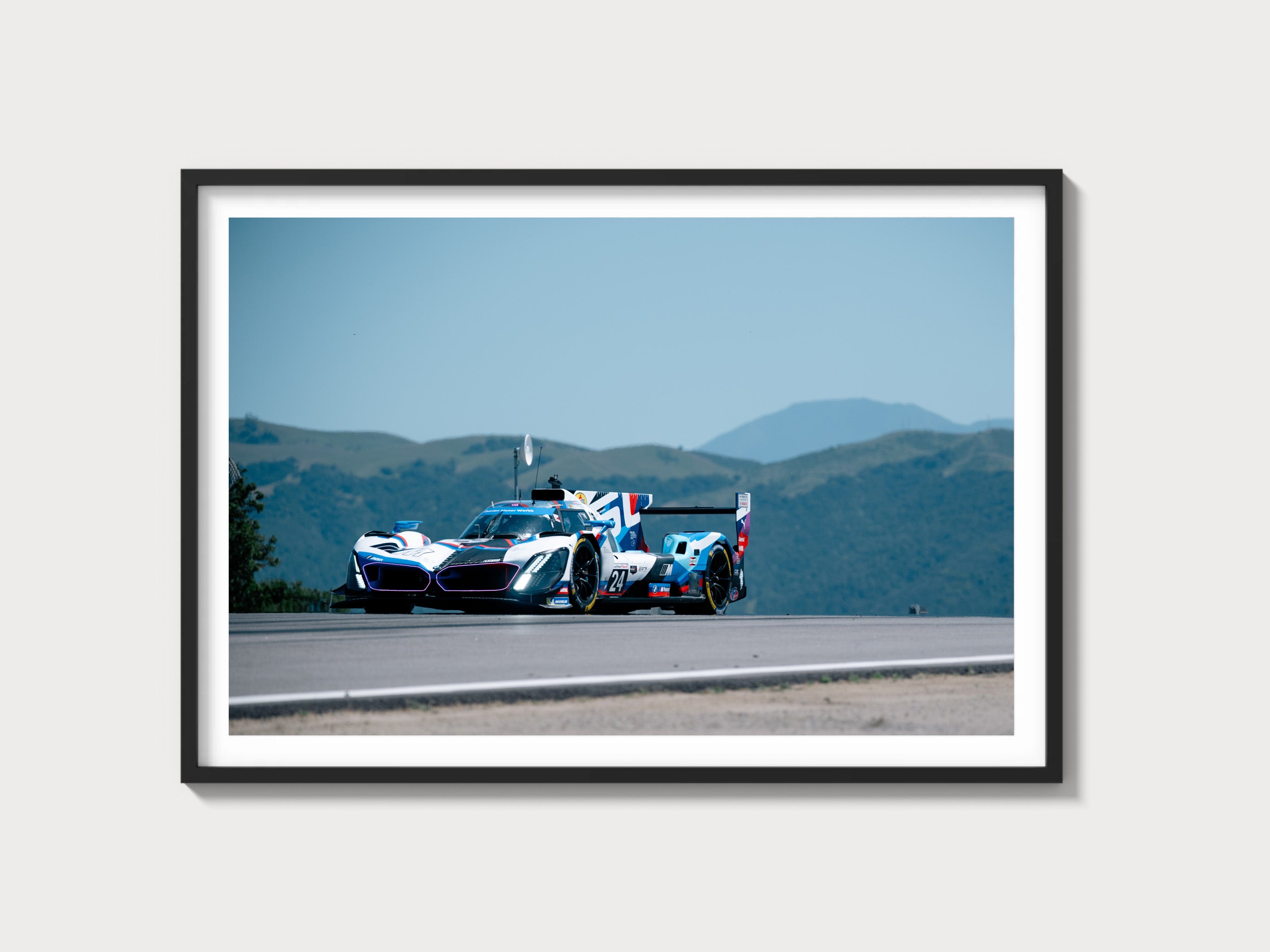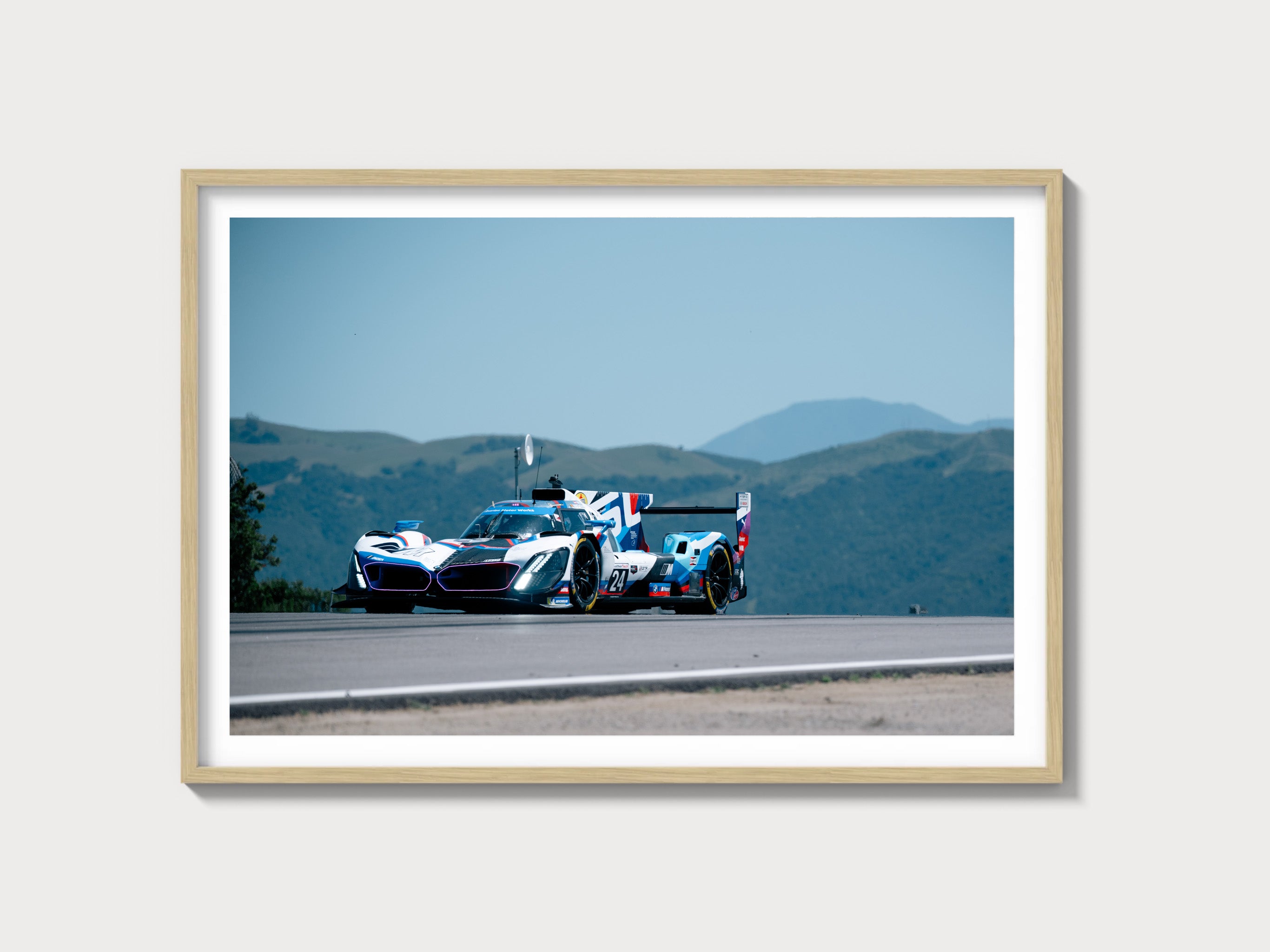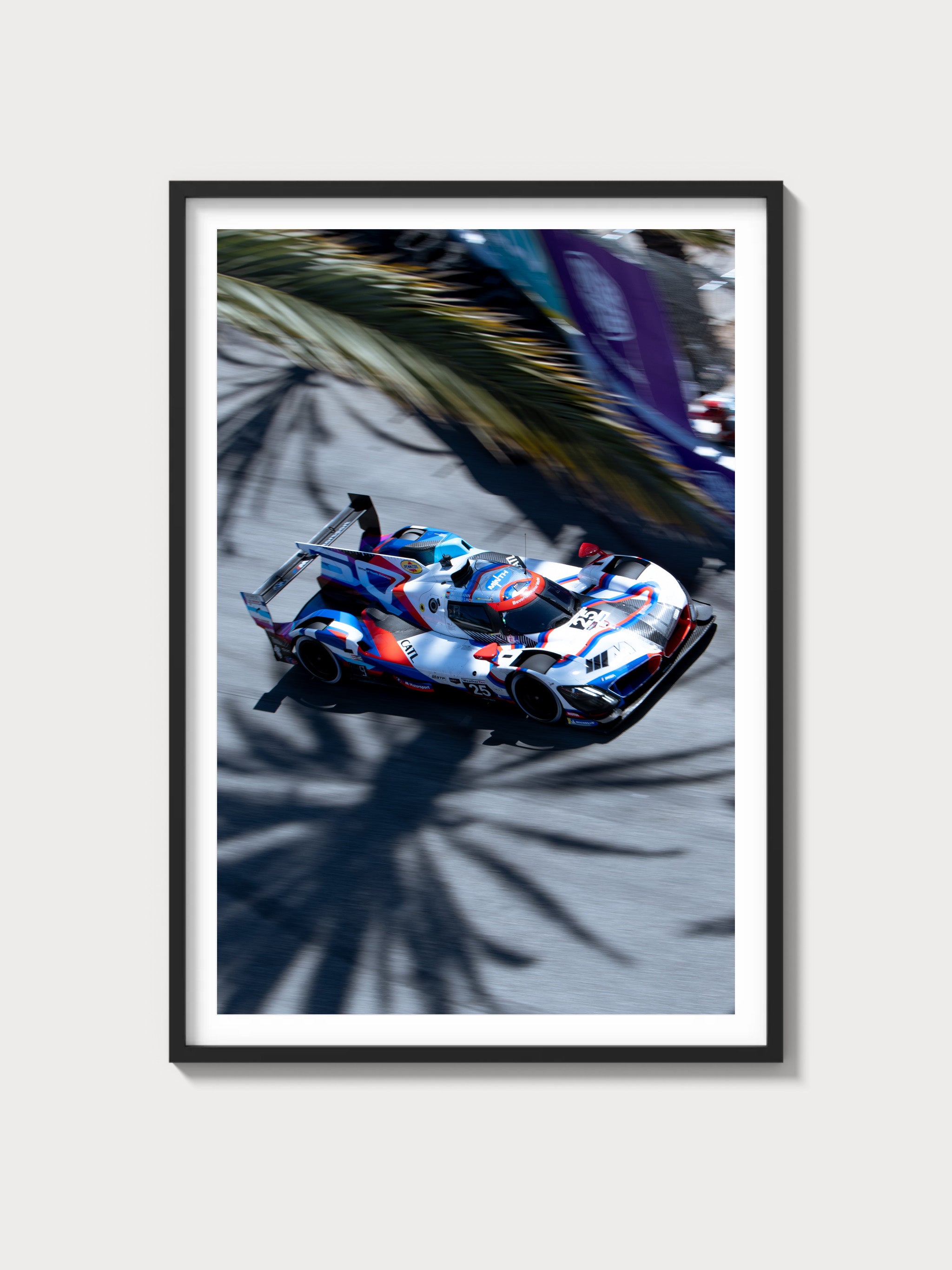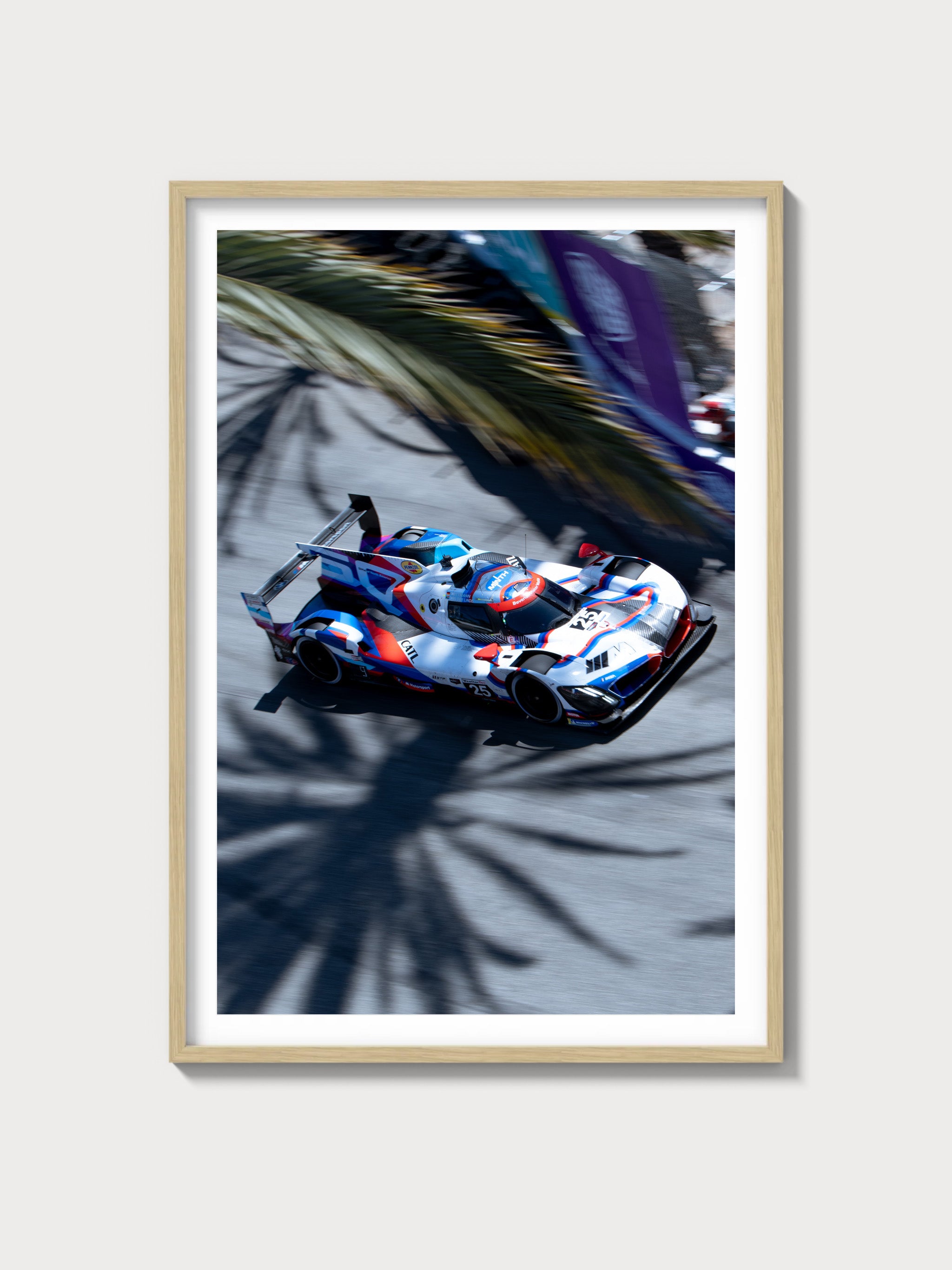Ferrari 456 GT: The Definitive History, Specs, and Legacy
Introduction: Ferrari’s Modern Front-Engine 2+2
In the illustrious lineage of Ferrari’s road cars, the 456 GT, introduced in 1992, stands as a modern masterpiece—a front-engine 2+2 grand tourer that redefined luxury and performance with a 5.5-liter V12. Crafted by Pininfarina, this model saw 2,794 units produced, succeeding the mid-engine Mondial t as Ferrari’s premier four-seater. Launched to mark Ferrari’s 45th anniversary, the 456 GT blended breathtaking power with elegant practicality, ushering in a new era of grand touring.
The year 1992 was a vibrant period for Ferrari, its racing triumphs—F40, 348 TB/TS—complementing road car innovation under Luca di Montezemolo’s leadership. Unveiled at the 1992 Paris Motor Show, the 456 GT captivated with its sleek design and formidable V12. This exhaustive history, penned with a Ferrari historian’s precision, explores its technical brilliance, its iconic styling, its subtle racing ties, and its enduring legacy.
Historical Context: Ferrari’s Return to Front-Engine GTs
The Ferrari 456 GT emerged during a pivotal era for Maranello. By 1992, Ferrari’s racing pedigree—Testarossa’s refinement, F40’s supercar zenith—had solidified its stature, yet the company sought to revive its front-engine grand touring tradition post-Enzo Ferrari’s era. The Mondial t’s 987-unit run (1989-1993) had concluded the mid-engine 2+2 lineage, leaving a gap for a luxurious four-seater. The 456 GT, with a new 5.5L V12 and elegant Pininfarina design, answered, targeting affluent buyers and collectors while rivaling Porsche’s 928 and Maserati’s Quattroporte.
A total of 2,794 units were built (1992-2003)—all Pininfarina coupes, with variants including the later GTA (automatic). Chassis 97519, the prototype, debuted at Paris in October 1992, its flowing lines heralding a new direction. This was a car for cosmopolitan elites—European executives, American connoisseurs—its production reflecting Ferrari’s prestige amid Italy’s early-1990s economic recovery.
The broader context of 1992 shaped its purpose. The GT market thrived—Porsche 959, Lamborghini Diablo—while luxury buyers sought refined performance. The 456 GT bridged Ferrari’s racing heritage, rooted in the 400 Automatic/GT, with a modern front-engine grand tourer.
Technical Specifications: The V12’s Grand Touring Might
The Ferrari 456 GT’s heart was its 5.5-liter V12—a new powerplant designed for luxurious power and refinement. Below, we dissect its engineering with historian’s detail.
Engine: The 5.5-Liter F116 V12
Displacing 5,474 cc (bore 88 mm, stroke 75 mm), the 456 GT’s V12 was a front-mounted, all-aluminum unit with a 65-degree V-angle, featuring four valves per cylinder (double overhead camshafts per bank), a 10.6:1 compression ratio, and Bosch Motronic M2.5 fuel injection (later M5.2). It produced 442 horsepower at 6,250 rpm—a leap over the Mondial t’s 300 hp. Weighing 340 lbs, it delivered 398 lb-ft of torque at 4,500 rpm.
This engine was a GT titan. Chassis 98765, a 1993 model, showcased its smooth, thunderous power, blending refinement with exhilarating performance.
Performance: Grand Touring Speed
The 456 GT reached 186 mph (300 km/h)—verified by Autocar’s 1993 test—outpacing the Mondial t’s 158 mph, with a 0-60 mph time of ~5.2 seconds. Its power-to-weight ratio (261 hp/ton) far exceeded the Mondial t (210 hp/ton), offering a luxurious yet potent GT experience.
Chassis and Suspension: Front-Engine Precision
The chassis was a tubular steel spaceframe with aluminum body panels, weighing 1,690 kg (3,726 lbs)—265 kg heavier than the Mondial t due to its larger size and luxury features. Its 2,600 mm wheelbase (50 mm shorter than the Mondial t) balanced agility and stability, with a double-wishbone front suspension (coil springs) and self-leveling rear suspension (coil springs, hydraulic shocks), delivering a plush yet controlled ride.
Transmission and Brakes: Smooth Dynamics
A 6-speed manual gearbox—rear-mounted, transaxle design—drove the rear wheels, its ratios (1st: 2.73, 6th: 0.79) favoring high-speed cruising, with a 4-speed automatic (GTA) option later. Braking relied on 14-inch ventilated disc brakes with ABS, delivering 1.0g deceleration—robust for its weight.
| Specification | Details |
|---|---|
| Engine | 5.5L V12, 442 hp @ 6,250 rpm |
| Displacement | 5,474 cc (88 mm x 75 mm) |
| Top Speed | ~186 mph (300 km/h) |
| 0-60 mph | ~5.2 seconds |
| Weight | 1,690 kg (3,726 lbs) |
| Transmission | 6-speed manual (later 4-speed auto) |
| Suspension (Front) | Double wishbone, coil springs |
| Suspension (Rear) | Self-leveling, coil springs |
| Brakes | Ventilated discs, 14-inch, ABS |
Design and Styling: Pininfarina’s Elegant Revival
The Ferrari 456 GT’s aesthetic was a Pininfarina triumph, reviving the classic front-engine GT silhouette.
Exterior: Timeless GT Elegance
Pininfarina built all 2,794 units—chassis 97519 featured a long hood, pop-up headlights, and a sleek profile, finished in Blu Swaters. Its 2,600 mm wheelbase and aluminum-clad steel body offered a graceful, aerodynamic stance, with subtle vents hinting at its V12 power.
Interior: Luxurious GT Haven
The cabin was a plush retreat: leather seats for four (tan or black), a wood-trimmed dash, and Veglia gauges—tachometer (7,500 rpm redline), speedometer, oil pressure. Chassis 98765’s interior, with power seats and air conditioning, offered opulence beyond the Mondial t, balancing sportiness with comfort.
Production and Variants: A GT Legacy
The Ferrari 456 GT’s 2,794-unit run (1992-2003) included the 456 GT (1992-1998) and GTA (1996-2003, automatic), with rare specials like the M GT/M GTA (1998). Chassis 97519 launched the series, while 128693 closed it, transitioning to the 612 Scaglietti. Its focus remained road luxury—no racing versions emerged.
Performance and Racing Legacy: A Tourer’s Quiet Power
The Ferrari 456 GT racing history was negligible, its grand touring mission paramount. Chassis 98213, tuned to 450 hp, ran private track events, but no official races ensued. Its true realm was the open road—Autostrada, Route 66—where its 186 mph top speed and serene handling excelled.
Ownership and Market Value: A Modern Classic
The Ferrari 456 GT value reflects its rarity and luxury. Early owners included European aristocrats and U.S. collectors. Today, prices range $70,000-$100,000—chassis 97519 sold for $95,000 at RM Sotheby’s 2023. Restoration costs—V12 rebuilds at $150,000—highlight its elite appeal.
Cultural Impact: Ferrari’s Modern GT Milestone
The 456 GT revived Ferrari’s front-engine GT legacy, its V12 and elegant design influencing the 612 Scaglietti. In 1990s lore, it’s the car of sophisticated power and timeless style, a cornerstone of Ferrari’s modern grand touring heritage.
Comparisons: Ferrari 456 GT vs Rivals
The Ferrari 456 GT vs Porsche 928 pits 442 hp V12 against 345 hp V8—Ferrari led in prestige, Porsche in agility. The Maserati Quattroporte (284 hp) trailed in power but matched in luxury.
| Model | Engine | Power | Weight | Top Speed |
|---|---|---|---|---|
| Ferrari 456 GT | 5.5L V12 | 442 hp | 1,690 kg | ~186 mph |
| Porsche 928 | 5.0L V8 | 345 hp | 1,620 kg | ~171 mph |
| Maserati Quattroporte | 2.8L V6 Turbo | 284 hp | 1,640 kg | ~158 mph |
Frequently Asked Questions
What was the Ferrari 456 GT?
A 1992 5.5L V12 front-engine grand tourer.
How many were made?
2,794 units.
What engine powered it?
5,474 cc V12, 442 hp.
Did it race?
Rarely—built for touring.
What’s its value?
$70,000-$100,000.

